FAQ - Advanced Bathroom Queries
How Likely Is It for a Tampon to Clog a Toilet
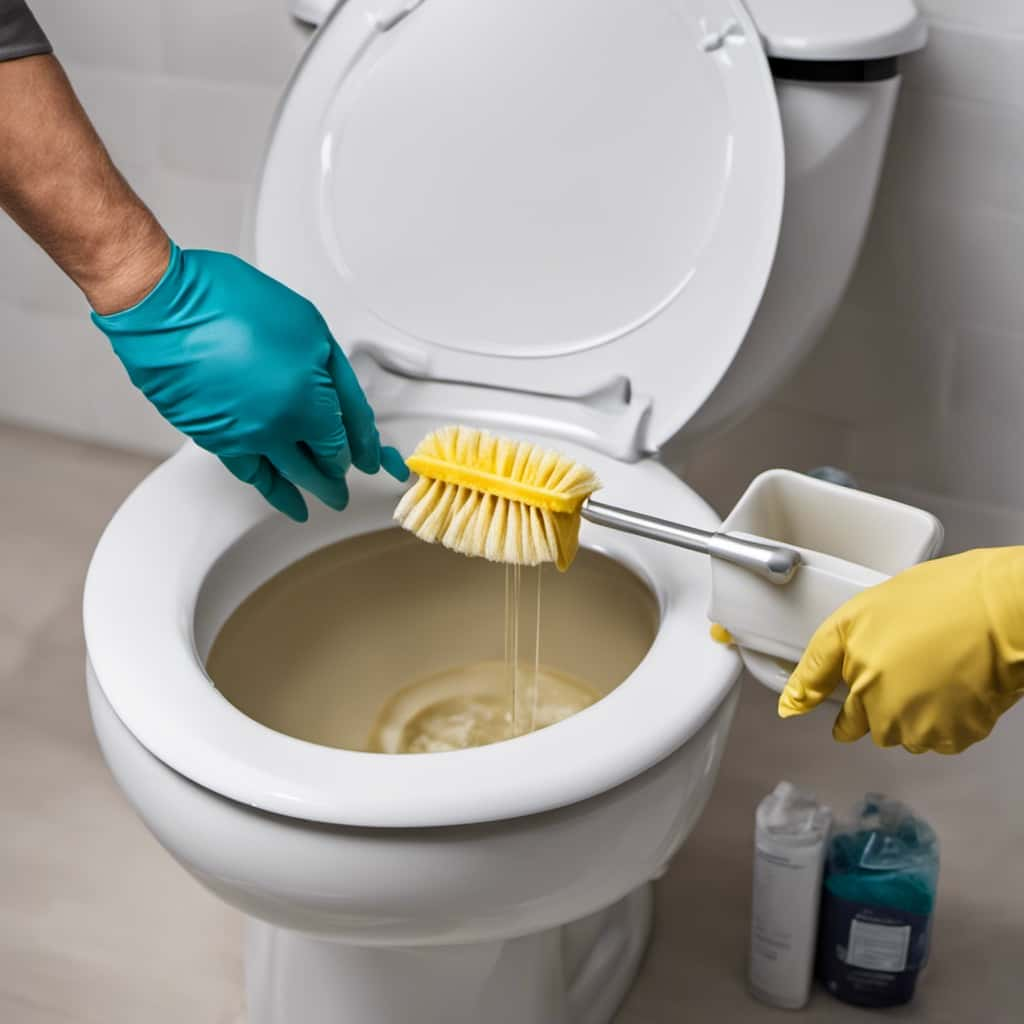
Ever pondered whether disposing of a tampon by flushing it might cause your toilet to get horribly clogged? Worry not, as we have all the information you need.
In this article, we’ll dive into the anatomy of a tampon, explore the ins and outs of toilet plumbing systems, and discuss the factors that contribute to clogs.
We’ll also reveal the risks of flushing tampons and provide expert advice on how to properly dispose of them.
Get ready to master the art of tampon disposal and keep your plumbing running smoothly.
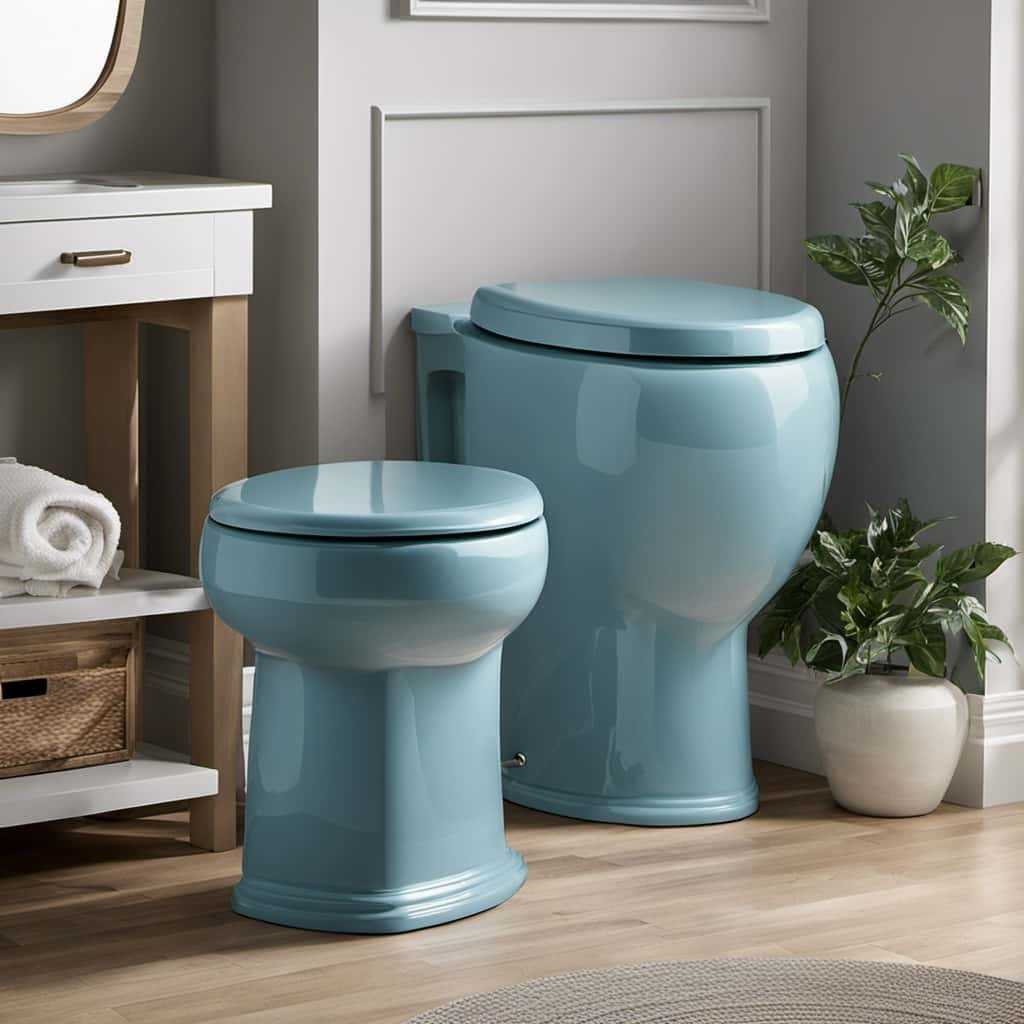
Key Takeaways
- Tampons made of materials like cotton and rayon can expand in size when flushed, potentially causing them to become lodged in narrow pipes.
- Flushing tampons can contribute to toilet clogs and damage to plumbing systems over time.
- Improper tampon disposal can lead to pollution in water bodies and harm aquatic life.
- Using a designated sanitary disposal bin is the proper way to dispose of tampons and prevent clogs.
The Anatomy of a Tampon
How exactly does the anatomy of a tampon contribute to its potential to clog a toilet?
Well, let’s dive into the intricate details of tampon design. Tampons are typically made of materials such as cotton, rayon, or a combination of both. These materials are chosen for their ability to absorb menstrual fluid effectively.
However, it’s this absorption capability that can lead to potential clogging issues. When a tampon is flushed down the toilet, it can expand in size as it absorbs water. This expansion can cause the tampon to become lodged in the narrow pipes of the toilet plumbing system, leading to a blockage.
Understanding the anatomy of a tampon helps us comprehend why it’s crucial to have a thorough understanding of toilet plumbing systems to prevent such clogs.
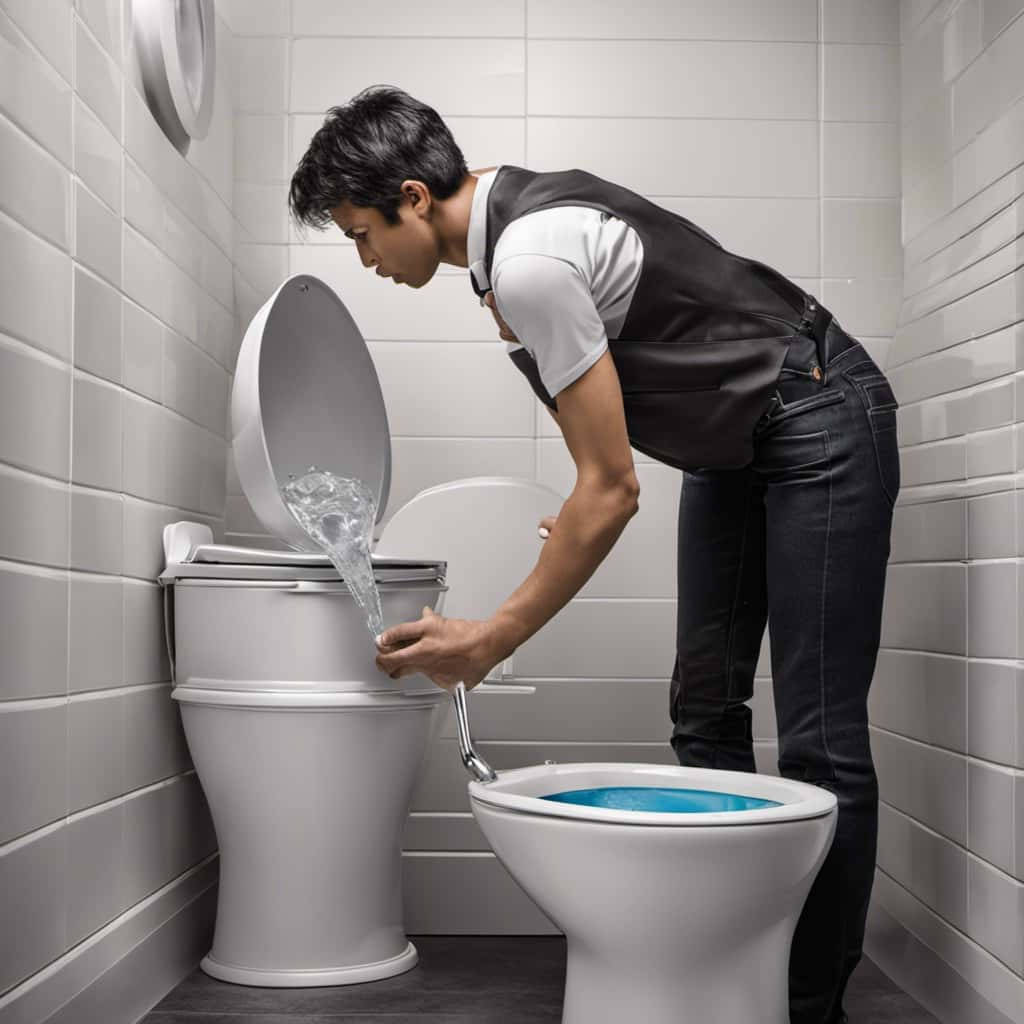
Understanding Toilet Plumbing Systems
To understand toilet plumbing systems, we must first familiarize ourselves with their components and functions. Here are three key elements of a toilet plumbing system:
- Toilet Bowl: This is where waste is deposited and flushed away. It’s connected to the drain pipe and sealed by a wax ring to prevent leaks.
- Flush Mechanism: The flush mechanism consists of a handle or button, a flapper valve, and a fill valve. When the handle is pressed or the button is pushed, the flapper valve opens, allowing water to flow from the tank into the bowl. The fill valve then refills the tank with water.
- Drain Pipe: The drain pipe carries waste from the toilet bowl to the sewer or septic tank. It’s important to ensure that the drain pipe is clear of any obstructions to prevent clogs.
Understanding these components and their functions is essential for proper toilet maintenance and troubleshooting common toilet problems such as clogs and leaks.
Factors That Contribute to Toilet Clogs
Toilet clogs can occur due to a variety of factors, including the presence of foreign objects in the drain pipe. While tampons are often cited as a common cause of toilet clogs, there are other factors to consider.
One major cause is the flushing of items that aren’t meant to be flushed, such as paper towels, wipes, or even excessive amounts of toilet paper. These items can accumulate and create blockages in the pipes, leading to clogs.

Another factor is the condition of the plumbing system itself, such as old or corroded pipes that are more prone to clogging.
In order to prevent toilet clogs, it’s important to only flush toilet paper and waste. Regular maintenance, such as using a plunger or drain snake, can also help to prevent clogs and keep the plumbing system functioning properly.
The Risks of Flushing Tampons
Flushing tampons poses certain risks that can contribute to toilet clogs and plumbing issues. It’s important to understand the potential consequences of improper tampon disposal and the environmental impact of flushing tampons.
Here are three key risks associated with flushing tampons:
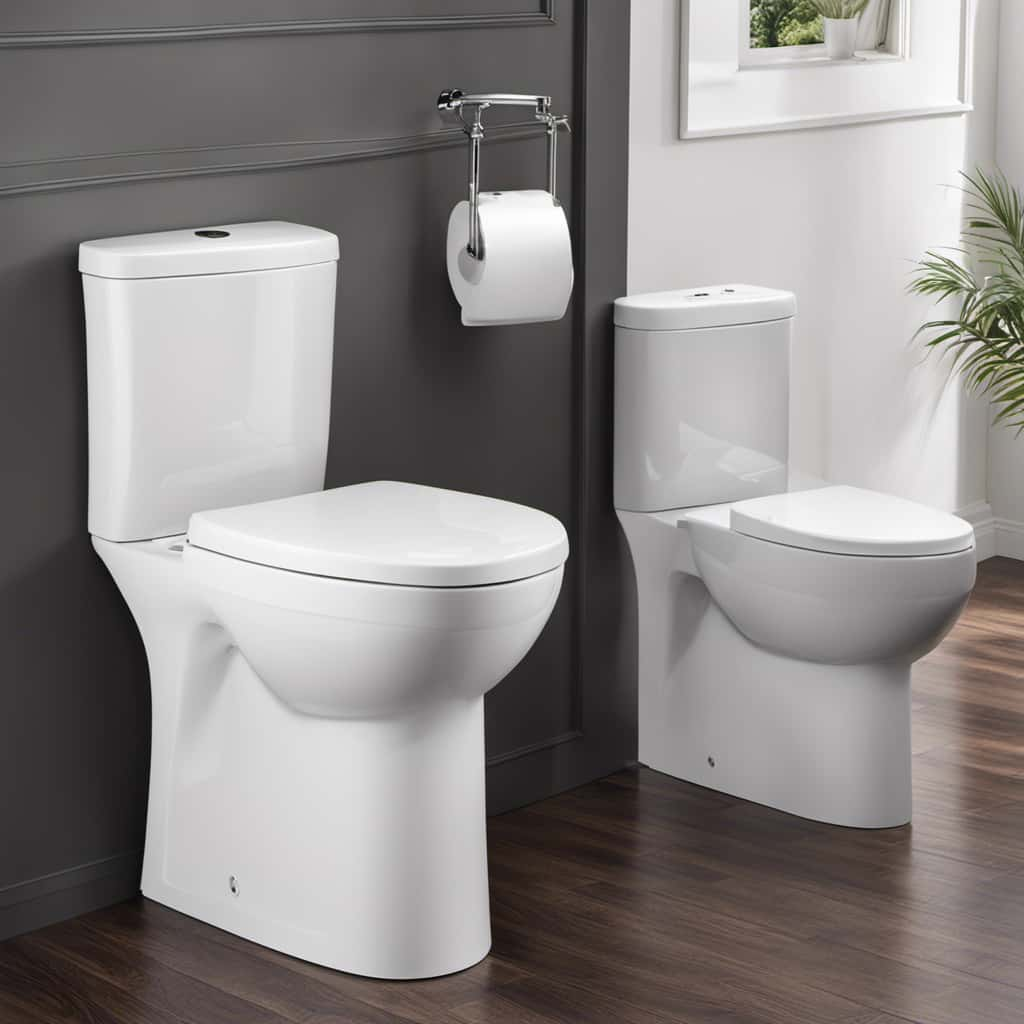
- Clogs: Tampons aren’t designed to break down in water like toilet paper. When flushed, they can accumulate in the plumbing system, leading to clogs that require professional intervention to fix.
- Damage to pipes: The materials used in tampons, such as cotton and synthetic fibers, can get trapped in pipes and cause blockages. Over time, this can lead to damage to the plumbing system, resulting in costly repairs.
- Environmental impact: Flushing tampons contributes to pollution in water bodies. The chemicals and materials in tampons can harm aquatic life and disrupt ecosystems.
Considering these risks, it’s crucial to properly dispose of tampons to prevent clogs and protect the environment.
How to Properly Dispose of Tampons
When it comes to disposing of tampons properly, we recommend using a designated sanitary disposal bin. Proper tampon disposal is essential to avoid potential plumbing issues and protect the environment.
Flushing tampons down the toilet can have severe consequences, both for your plumbing system and the environment. Tampons aren’t designed to break down easily, and they can cause blockages in pipes, leading to costly repairs. Furthermore, when tampons are flushed, they can end up in wastewater treatment plants where they can clog machinery and disrupt the treatment process. This can result in untreated sewage being released into water bodies, causing pollution and harm to aquatic life.
Frequently Asked Questions
Can Tampons Be Flushed Down the Toilet?
Tampons should not be flushed down the toilet. Flushing tampons can lead to toilet clogs and plumbing issues. It’s important to dispose of tampons properly in a waste bin to prevent any potential clogs.
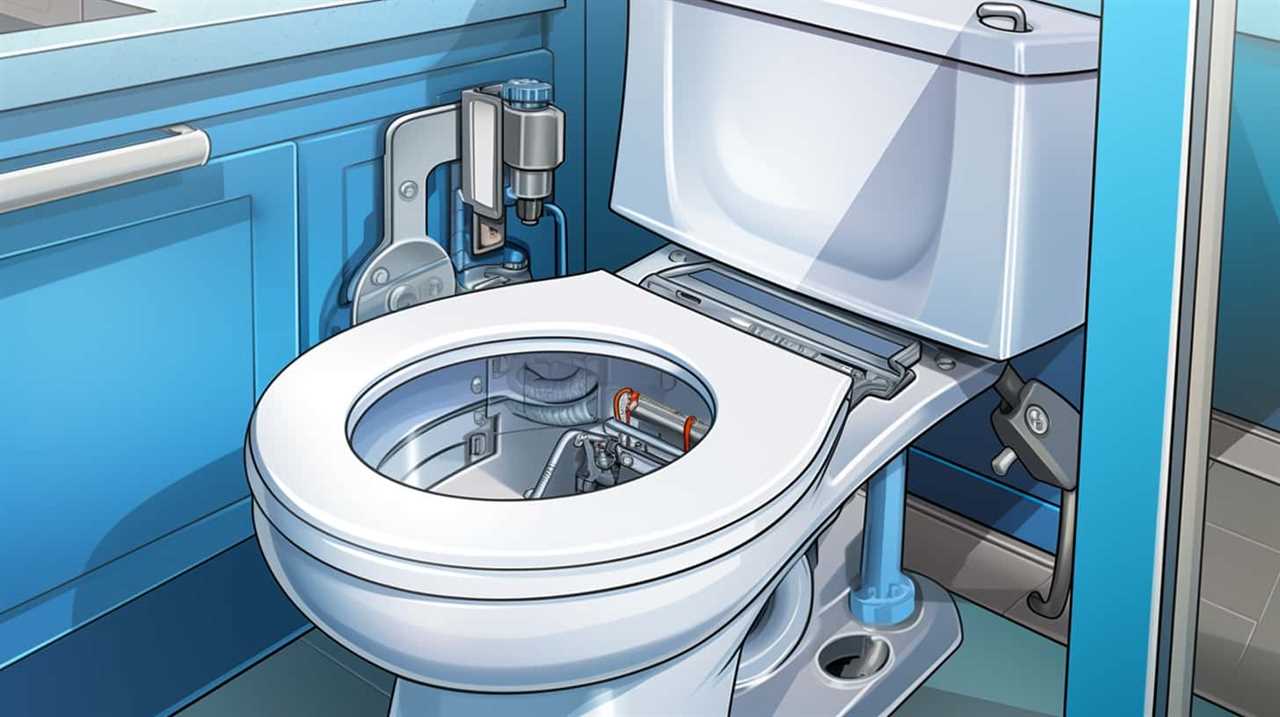
Can Flushing Tampons Cause Plumbing Problems?
Flushing tampons may seem convenient, but it’s a disaster waiting to happen. Tampons can wreak havoc on sewage systems, causing plumbing problems and costly repairs. Proper tampon disposal methods are crucial to avoid this mess.
What Are the Risks of Flushing Tampons?
The risks of flushing tampons include potential plumbing problems and the environmental impact of clogged sewage systems. We have experienced firsthand the consequences of disregarding proper disposal methods, leading to costly repairs and damage to the environment.
How Should Tampons Be Disposed of Properly?
Proper tampon disposal methods are crucial to avoid negative environmental impacts. We’ve learned that flushing tampons can lead to clogged toilets, but let’s focus on how to dispose of them correctly.
Are There Any Alternatives to Flushing Tampons?
When it comes to tampon disposal methods, there are eco-friendly alternatives to flushing. We’ve found that using biodegradable tampons or menstrual cups can be safer for the environment and reduce the risk of clogging toilets.
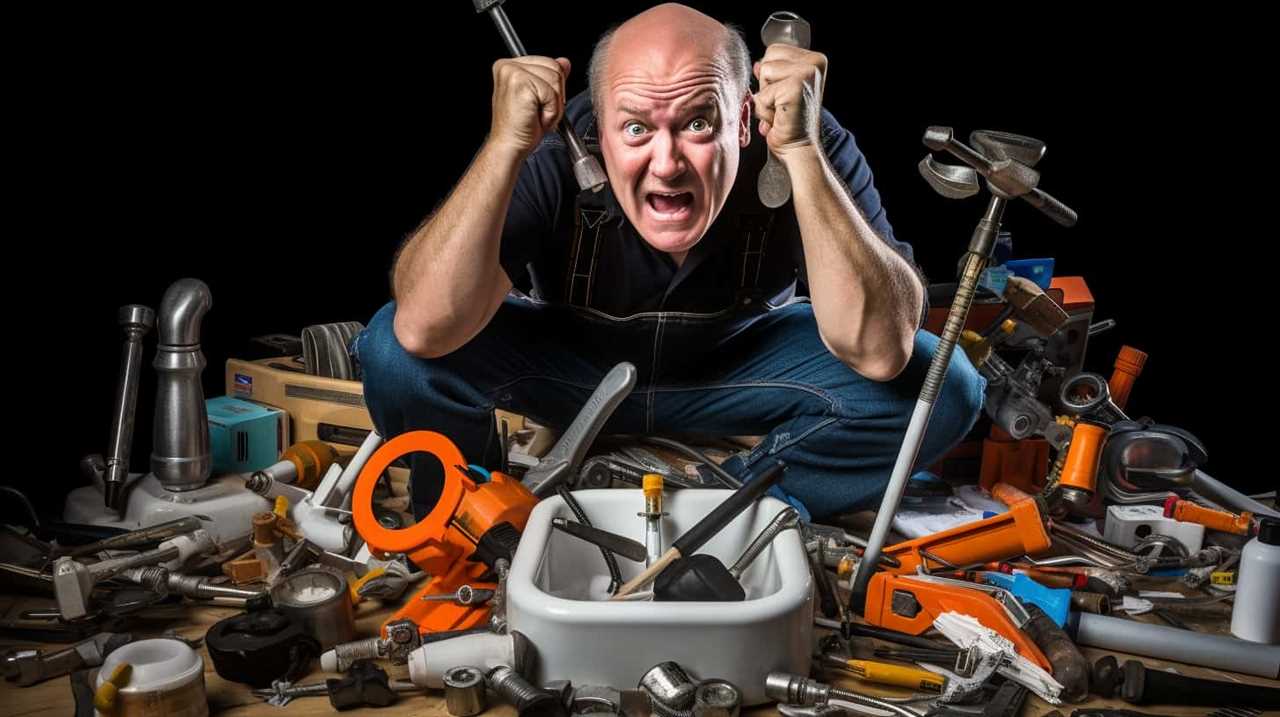
Conclusion
In conclusion, it’s highly likely for a tampon to clog a toilet if flushed down.
Tampons can easily become entangled in the plumbing system, leading to blockages and costly repairs.
In fact, studies show that tampons are one of the main causes of toilet clogs, accounting for approximately 15% of all plumbing issues related to flushing.
Therefore, it’s crucial to remember to dispose of tampons properly in the trash to avoid any plumbing mishaps.
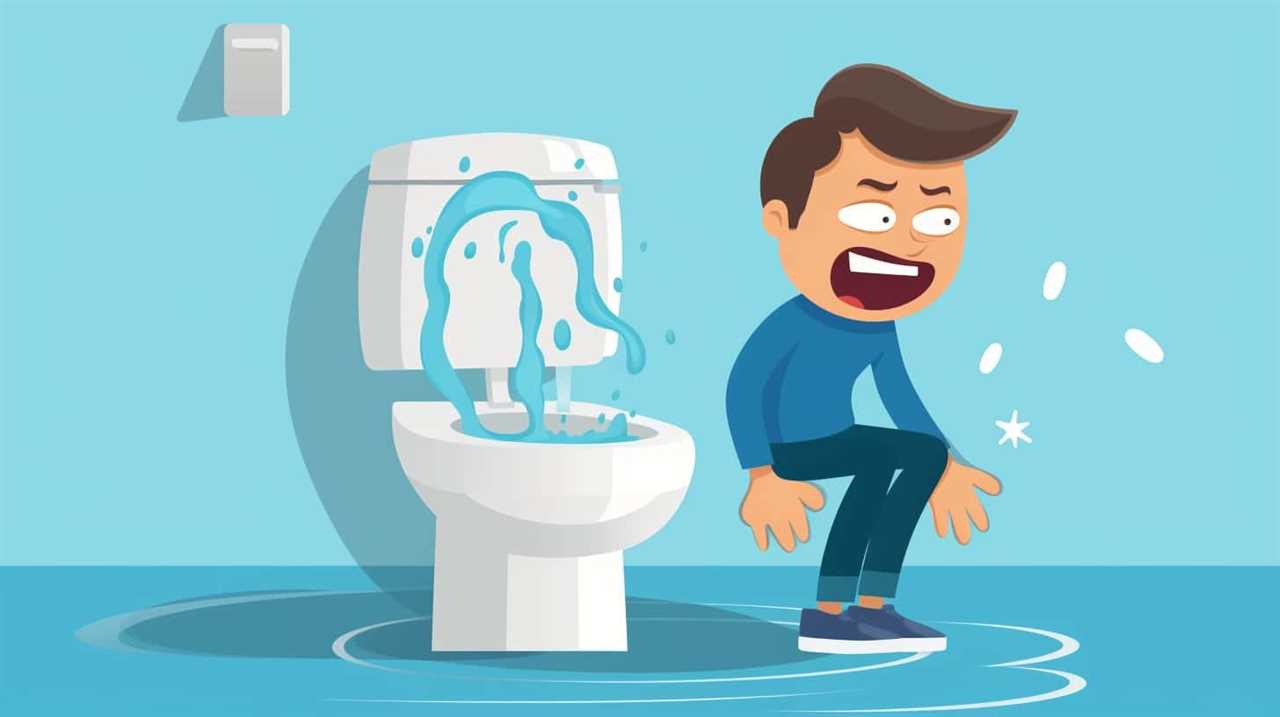
With an impeccable eye for detail and a passion for bathroom-related, Ava leads our editorial team gracefully and precisely.
Under her guidance, Best Modern Toilet has flourished as the go-to resource for modern bathroom enthusiasts. In her free time, you might find Ava exploring antique shops and looking for vintage bathroom fixtures to add to her collection.
FAQ - Advanced Bathroom Queries
Can I Shave Pubes Into Shower Drain
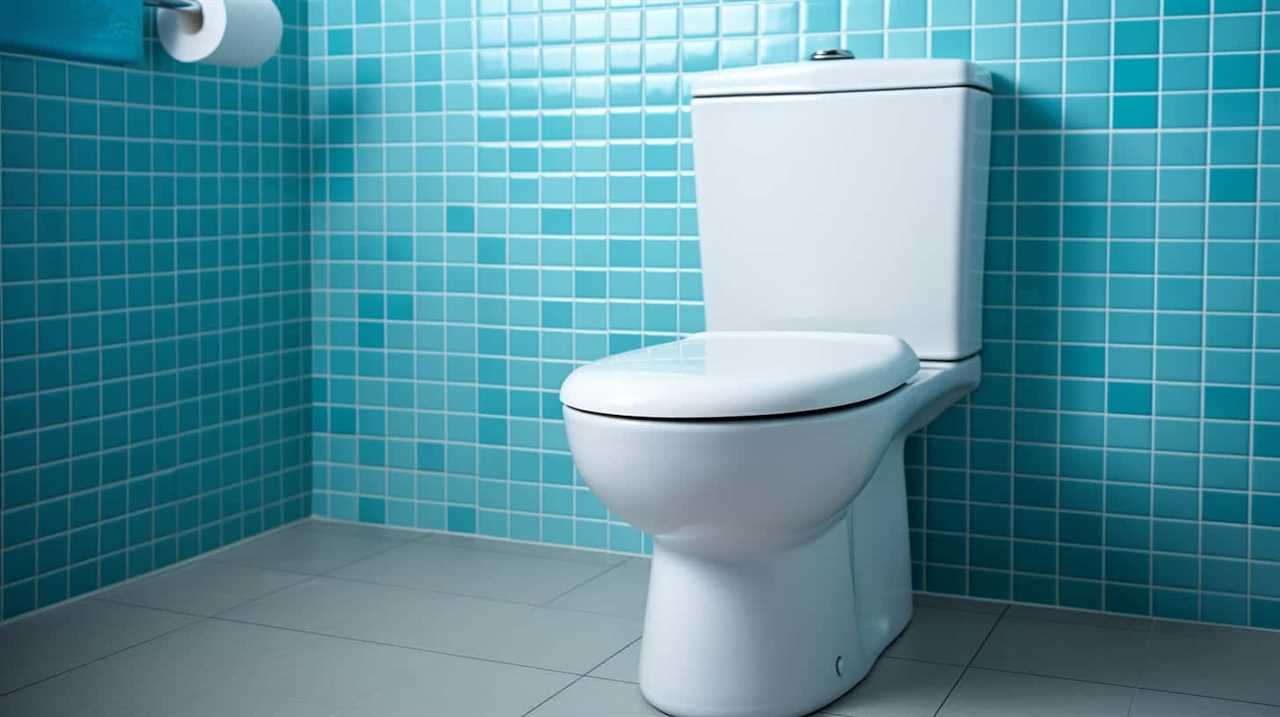
Have you ever pondered whether it’s acceptable to trim your pubic hair over the shower drain?
Well, let us enlighten you on the potential consequences of this seemingly innocent act. From plumbing issues to alternative solutions, we’ll provide you with all the technical know-how to keep your shower drain clean and clog-free.
So, join us as we explore the importance of proper personal hygiene and grooming habits, ensuring you make informed choices for both your plumbing and hygiene needs.
Key Takeaways
- Shaving pubes into the shower drain can lead to water flow hindrance, backups, and clogs.
- This practice can cause plumbing system damage and require costly repairs.
- Using a drain catcher or strainer can prevent hair from entering the drain.
- Proper hair removal techniques and regular cleaning are essential to avoid plumbing issues.
Potential Consequences of Shaving Pubes Into Shower Drain
Frequently, we experience clogged drains when we shave our pubes into the shower drain, which can lead to potential consequences. Proper plumbing maintenance is crucial to avoid these issues.
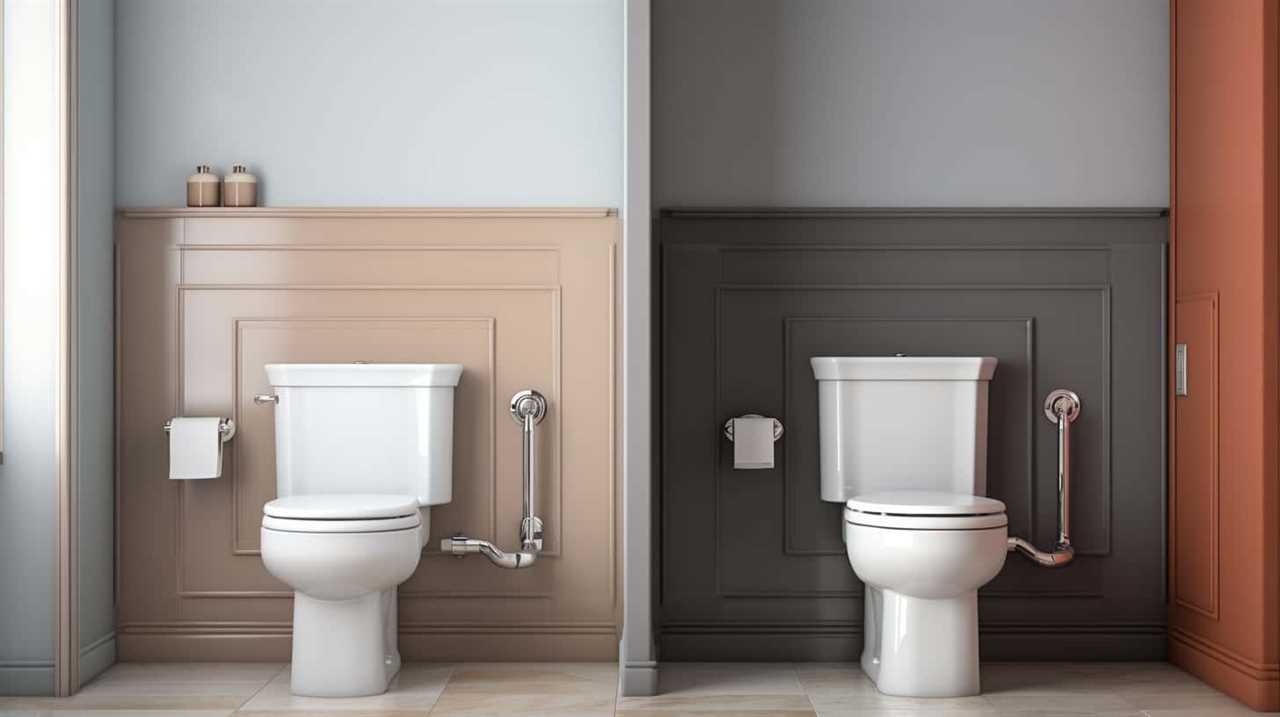
When hair accumulates in the drain pipes, it can hinder the flow of water, causing backups and clogs. This can lead to water overflow, damage to the plumbing system, and costly repairs.
To prevent such problems, it’s essential to employ appropriate hair removal techniques. Consider using a drain catcher or strainer to catch hair before it goes down the drain. Regularly cleaning the drain and using enzymatic cleaners can also help break down any hair buildup.
Plumbing Issues That Can Arise From This Practice
When pubic hair is shaved into the shower drain, it can lead to potential plumbing issues.
The first concern is pipe clogging, as the hair can accumulate and block the flow of water. This can lead to slow drainage or even complete blockage, requiring professional assistance to fix the issue.

Additionally, the hair can cause damage to the drainage system over time, leading to leaks or other plumbing problems that may require costly repairs.
Pipe Clogging Risks
To avoid potential plumbing issues, we should refrain from shaving pubes into the shower drain. When pubic hair is shaved and washed down the drain, it can accumulate and cause pipe clogs over time. This can lead to various problems, such as slow drainage, water backup, and even pipe damage.
Proper pipe maintenance and bathroom cleanliness are essential to prevent these issues. Regularly cleaning the drain and using drain covers can help catch any loose hair and prevent it from entering the pipes. Additionally, avoiding the disposal of any non-biodegradable items in the drain can also contribute to maintaining a healthy plumbing system.
By being mindful of what goes down the drain, we can avoid potential clogs and ensure the longevity of our drainage system.
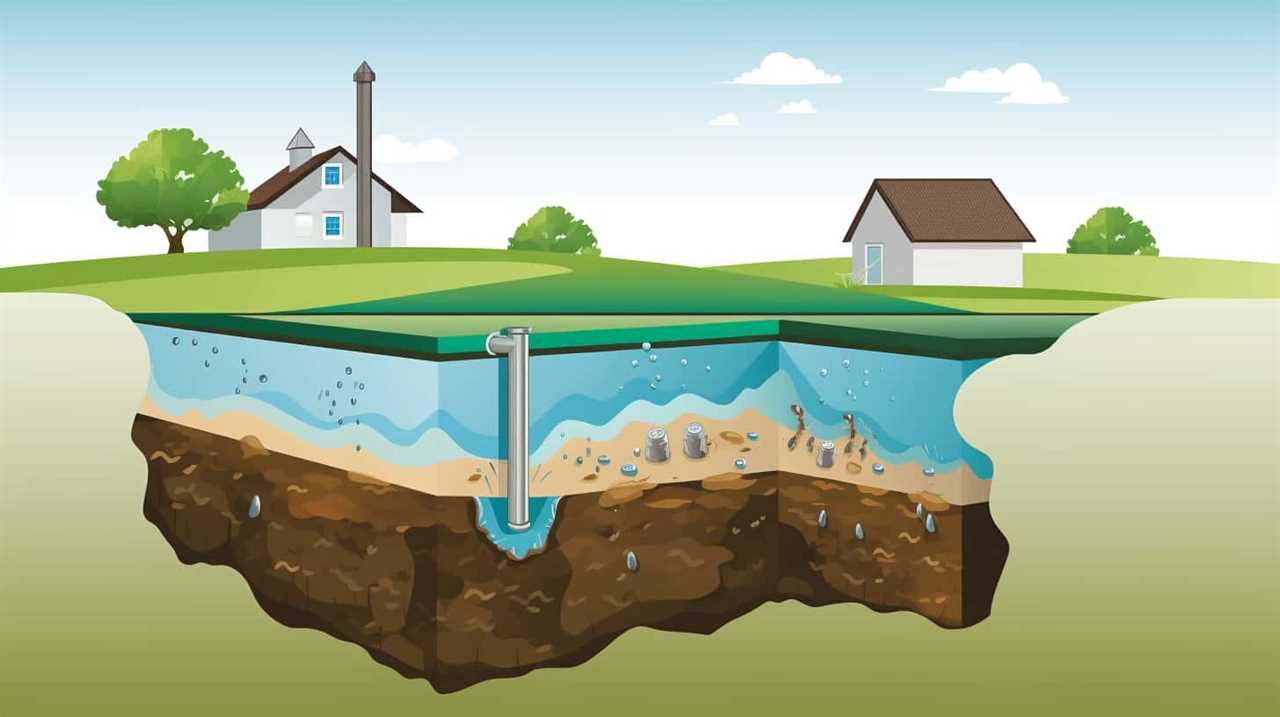
Now, let’s explore the consequences of pipe clogs and the potential damage they can cause to our drainage system.
Drainage System Damage
Continuing our discussion on the potential consequences of shaving pubes into the shower drain, let’s explore the damage that can occur to our drainage system.
By allowing pubic hair to go down the drain, we risk encountering various plumbing issues that can lead to costly repairs. When pubes accumulate in the drain, they can create blockages and restrict water flow. This can result in slow draining, unpleasant odors, and even backups where water overflows from the drain.
Additionally, pubic hair can entangle with other debris, such as soap scum and dirt, forming clogs that require professional intervention to remove. Over time, these plumbing issues can cause damage to the drain pipes, leading to leaks and water damage.
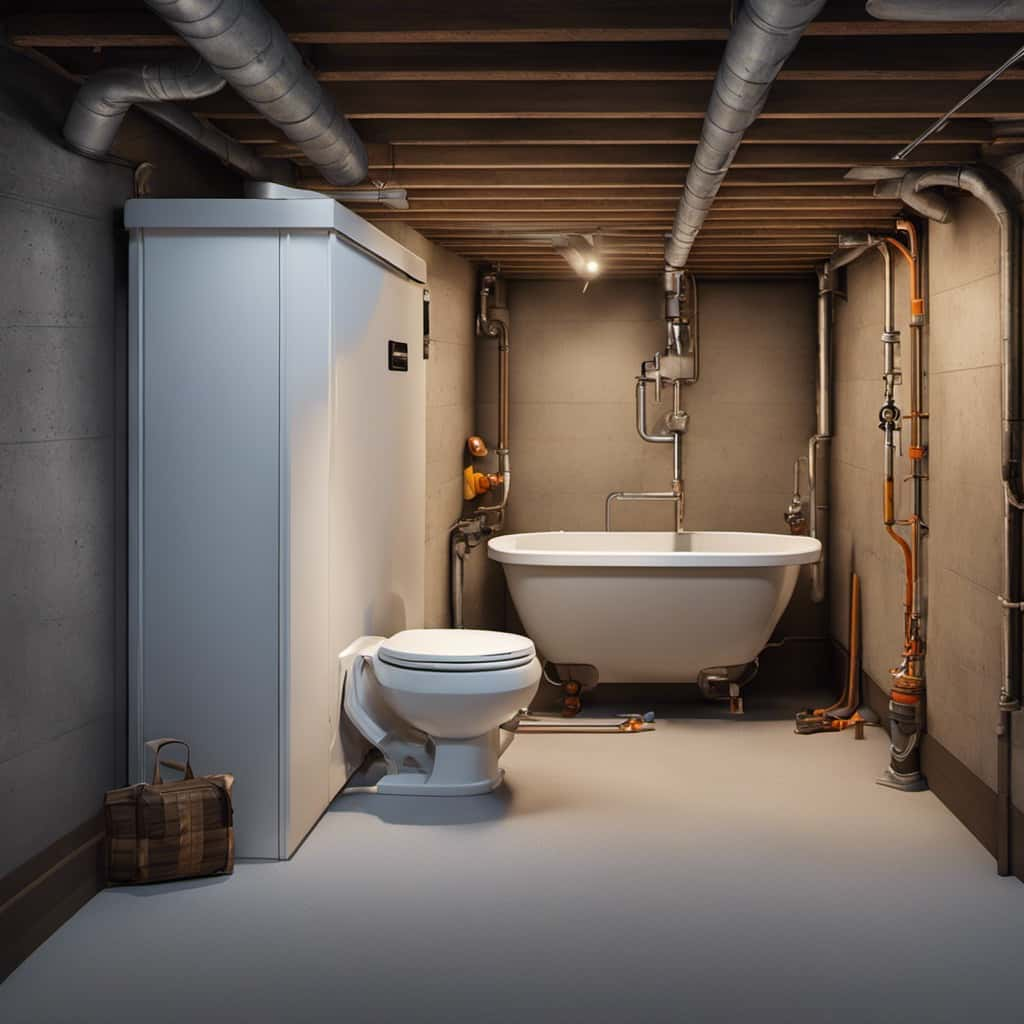
It’s essential to dispose of pubic hair properly to prevent these potential plumbing issues.
Alternative Solutions for Disposing of Pubic Hair
When it comes to disposing of pubic hair, there are several alternative solutions that can be considered.
Firstly, it’s important to use proper hair removal methods, such as trimming or waxing, to minimize the amount of hair that needs to be disposed of.
Secondly, hygienic disposal techniques, such as collecting the hair in a tissue or disposable bag before throwing it in the trash, can help prevent clogged drains and other plumbing issues.

Lastly, for those who are eco-conscious, exploring eco-friendly options like composting or using biodegradable hair disposal products can be a more sustainable choice.
Proper Hair Removal Methods
While it may be tempting to shave pubes into the shower drain, there are alternative solutions for properly removing and disposing of pubic hair. Here are four hair removal techniques to consider:
- Waxing: This method removes hair from the root, providing longer-lasting results compared to shaving. It can be done at home or by a professional.
- Depilatory creams: These products dissolve hair at the skin’s surface, making it easy to wipe away. They’re a good alternative to shaving for those with sensitive skin.
- Laser hair removal: This technique uses laser technology to target the hair follicles, resulting in permanent hair reduction over time. It’s a more expensive option but offers long-term results.
- Electric trimmers: These devices have adjustable settings and are designed specifically for pubic hair grooming. They provide a quick and safe way to trim hair without the risk of cuts or irritation.
Hygienic Disposal Techniques
Now, let’s delve into the hygienic disposal techniques for pubic hair that can be used in conjunction with the hair removal methods mentioned earlier. Properly disposing of pubic hair is important for maintaining hygiene and cleanliness. Here are some hygienic disposal methods that you can consider:
| Hygienic Disposal Methods | Description |
|---|---|
| Trash Can | Collect the trimmed or shaved pubic hair in a tissue or paper towel and dispose of it in a trash can. Make sure to securely wrap it to prevent any stray hair from escaping. |
| Toilet | You can flush small amounts of pubic hair down the toilet. However, it is important to note that excessive hair may clog the plumbing, so be cautious and only dispose of small amounts at a time. |
| Compost Bin | If you have a compost bin, you can add pubic hair to it. Pubic hair is biodegradable and can contribute to the decomposition process. |
Eco-Friendly Hair Disposal
We can explore alternative solutions for eco-friendly disposal of pubic hair. When it comes to sustainable grooming, it’s important to consider environmentally friendly options for getting rid of hair. Here are four eco-friendly alternatives to traditional hair disposal methods:
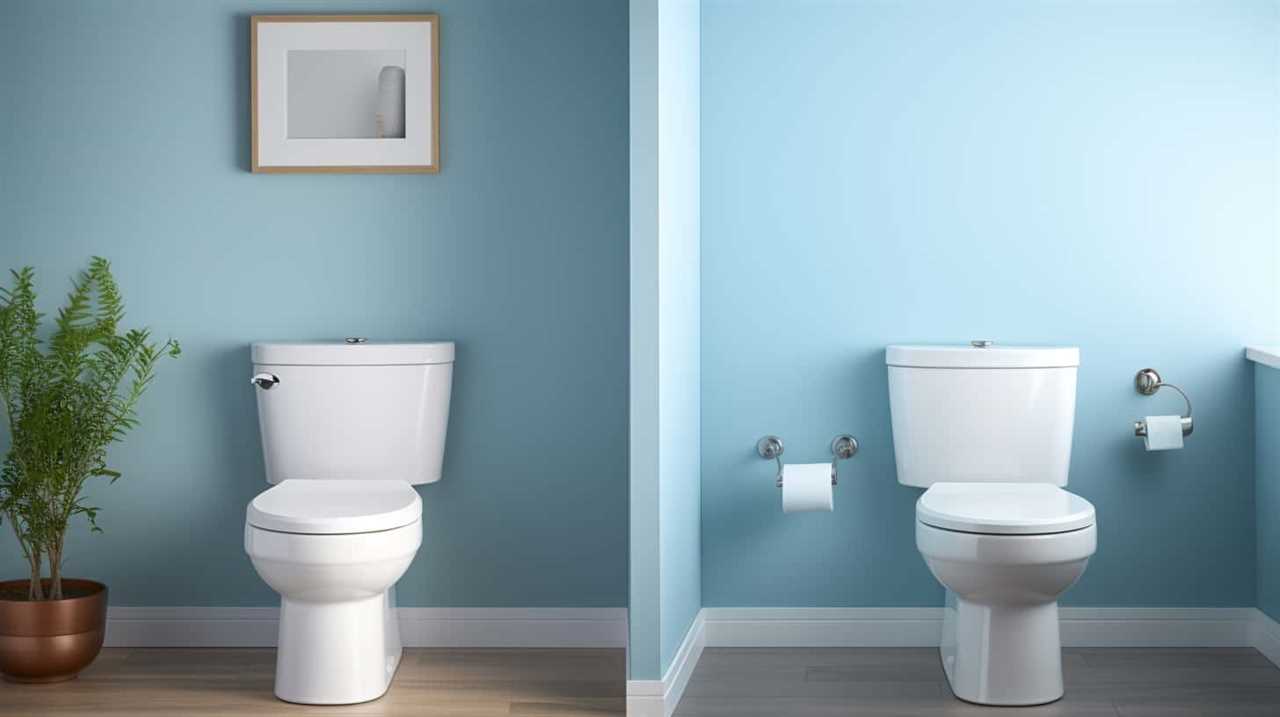
- Composting: Instead of throwing pubic hair into the trash, consider composting it. Pubic hair is biodegradable and can provide valuable nutrients to your garden soil.
- DIY crafts: Get creative and repurpose your pubic hair for craft projects. From making jewelry to creating artwork, there are endless possibilities for turning your hair into something unique and sustainable.
- Pet bedding: If you have pets, consider using your pubic hair as bedding material. It can provide warmth and comfort for your furry friends while reducing waste.
- Natural fiber stuffing: Pubic hair can be used as a natural and sustainable stuffing material for pillows, cushions, and stuffed toys. It’s a great way to repurpose your hair and reduce your environmental impact.
Tips for Maintaining a Clean and Clog-Free Shower Drain
To prevent clogs and maintain a clean shower drain, regular hair removal using a drain screen is essential. Hair is one of the main culprits of drain clogs, so taking proactive measures to prevent hair from entering the drain is crucial.
A drain screen is a simple yet effective tool that can be placed over the drain to catch hair and prevent it from going down the pipes. It’s important to clean the drain screen regularly to ensure proper functioning.
In addition to using a drain screen, it’s recommended to periodically flush the drain with hot water to remove any buildup or residue. Avoid pouring grease, oil, or other substances down the drain, as they can contribute to clogs.
Importance of Proper Personal Hygiene and Grooming Habits
Proper personal hygiene and grooming habits play a vital role in maintaining overall cleanliness and well-being. When it comes to personal grooming, there are several important reasons why it’s crucial to maintain cleanliness:

- Preventing the spread of infections: Regularly washing and grooming oneself helps remove dirt, bacteria, and viruses that can cause infections and illnesses.
- Enhancing self-confidence: Good personal grooming habits, such as bathing, brushing teeth, and maintaining clean nails, contribute to a positive self-image and boost self-confidence.
- Promoting good health: Regularly cleaning oneself and maintaining proper grooming habits can help prevent skin and hair problems, such as acne, dandruff, and fungal infections.
- Fostering social acceptance: Maintaining cleanliness and good personal hygiene is essential for social interactions, as it ensures that one is presentable and hygienic in various settings.
Conclusion: Making Informed Choices for Your Plumbing and Hygiene Needs
Our conclusion is that making informed choices for your plumbing and hygiene needs is essential for maintaining a clean and healthy environment. When it comes to grooming, opting for eco-friendly practices can have a positive impact on both your personal well-being and the health of your plumbing system.
By using sustainable grooming products and techniques, you can reduce your ecological footprint and prevent plumbing problems. Avoiding the disposal of hair, particularly long strands, into your shower drain is crucial. Hair can easily accumulate and clog your pipes over time.
Instead, consider using a hair trap or collecting the hair and disposing of it in a responsible manner. Additionally, regular maintenance and inspections of your plumbing system can help identify any potential issues early on and prevent costly repairs down the line.
Taking a proactive approach to both your grooming habits and plumbing maintenance will ensure a clean and functioning system while minimizing environmental impact.

Conclusion
In conclusion, it’s important to avoid shaving pubes into the shower drain to prevent potential plumbing issues. Instead, consider alternative solutions for disposing of pubic hair, such as using a garbage bin or toilet paper.
Maintaining a clean and clog-free shower drain can be achieved by regularly cleaning and using drain covers. Remember, proper personal hygiene and grooming habits are crucial for both your plumbing and overall well-being.
Did you know that hair contributes to 75% of drain clogs? Stay informed and make responsible choices for your plumbing and hygiene needs.
With an impeccable eye for detail and a passion for bathroom-related, Ava leads our editorial team gracefully and precisely.
Under her guidance, Best Modern Toilet has flourished as the go-to resource for modern bathroom enthusiasts. In her free time, you might find Ava exploring antique shops and looking for vintage bathroom fixtures to add to her collection.
FAQ - Advanced Bathroom Queries
Can I Flush Toilet Paper in Denmark

Wondering how to correctly dispose of toilet paper in Denmark? Worry no more as we have all the information you need!
In this article, we will dive into the ins and outs of Denmark’s modern sewage system, explore the environmental impact of flushing toilet paper, and debunk common misconceptions.
So, grab a seat and get ready to learn all about toilet paper etiquette in Denmark. Flushing toilet paper has never been easier!
Key Takeaways
- Danish plumbing regulations allow for the flushing of toilet paper in reasonable amounts.
- Denmark has a well-developed sewage system that can handle toilet paper waste management efficiently.
- Treatment facilities in Denmark use physical, chemical, and biological processes to remove contaminants from wastewater.
- Proper disposal of toilet paper in Denmark involves using a waste bin instead of flushing it down the toilet.
Denmark’s Modern Sewage System
One of the key features of Denmark’s modern sewage system is its efficient and environmentally-friendly treatment facilities. Denmark has long been recognized as a leader in plumbing innovations and wastewater treatment methods.
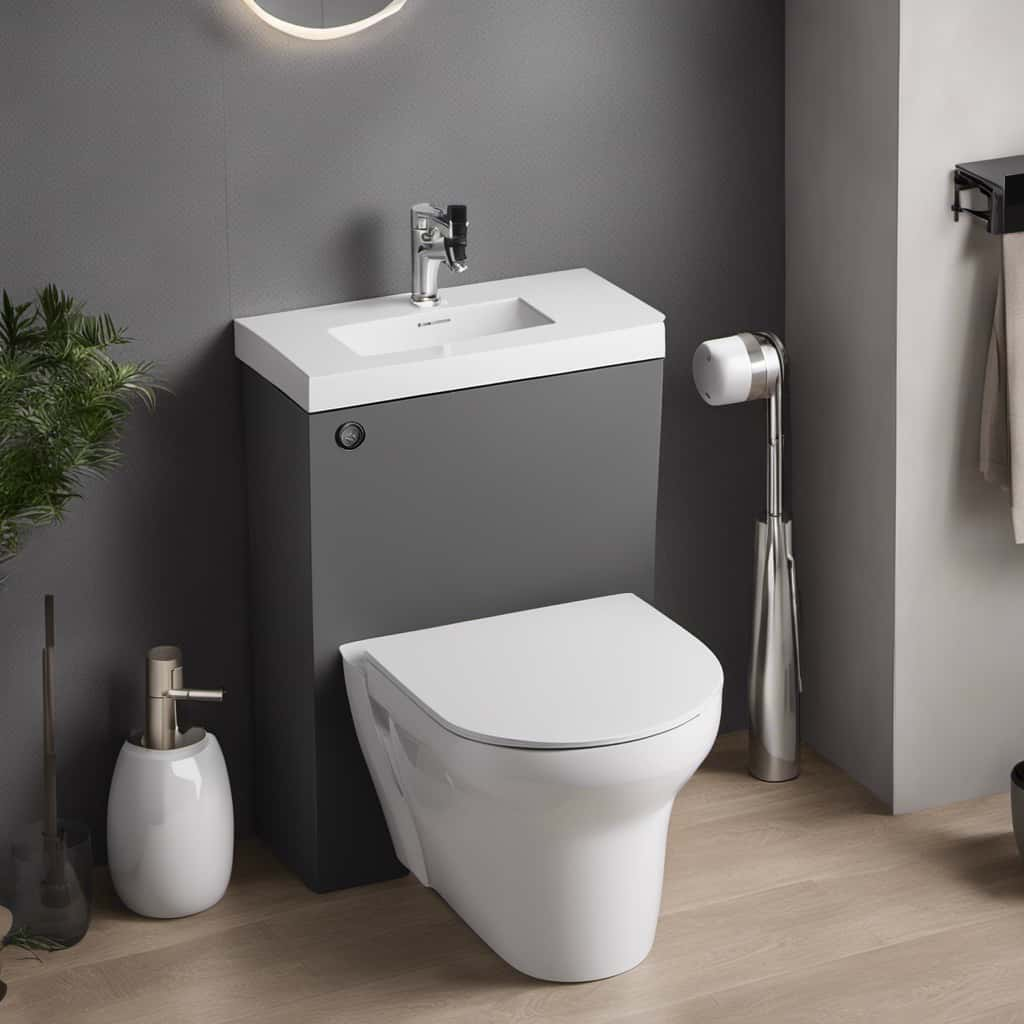
The country has implemented advanced technologies and processes to ensure the proper treatment of wastewater before it’s released back into the environment. These treatment facilities utilize a combination of physical, chemical, and biological processes to remove contaminants and pollutants from the wastewater.
Denmark also places a strong emphasis on resource recovery, with many treatment plants implementing systems to recover energy and nutrients from the wastewater. This not only helps to reduce the environmental impact but also promotes sustainability.
Plumbing Infrastructure in Denmark
When it comes to plumbing infrastructure in Denmark, it’s important to understand the regulations regarding toilet paper disposal.
Danish plumbing regulations allow for the flushing of toilet paper, as long as it’s used in reasonable amounts. However, it’s worth noting that excessive use of toilet paper can lead to clogged pipes, which may require professional assistance to resolve.
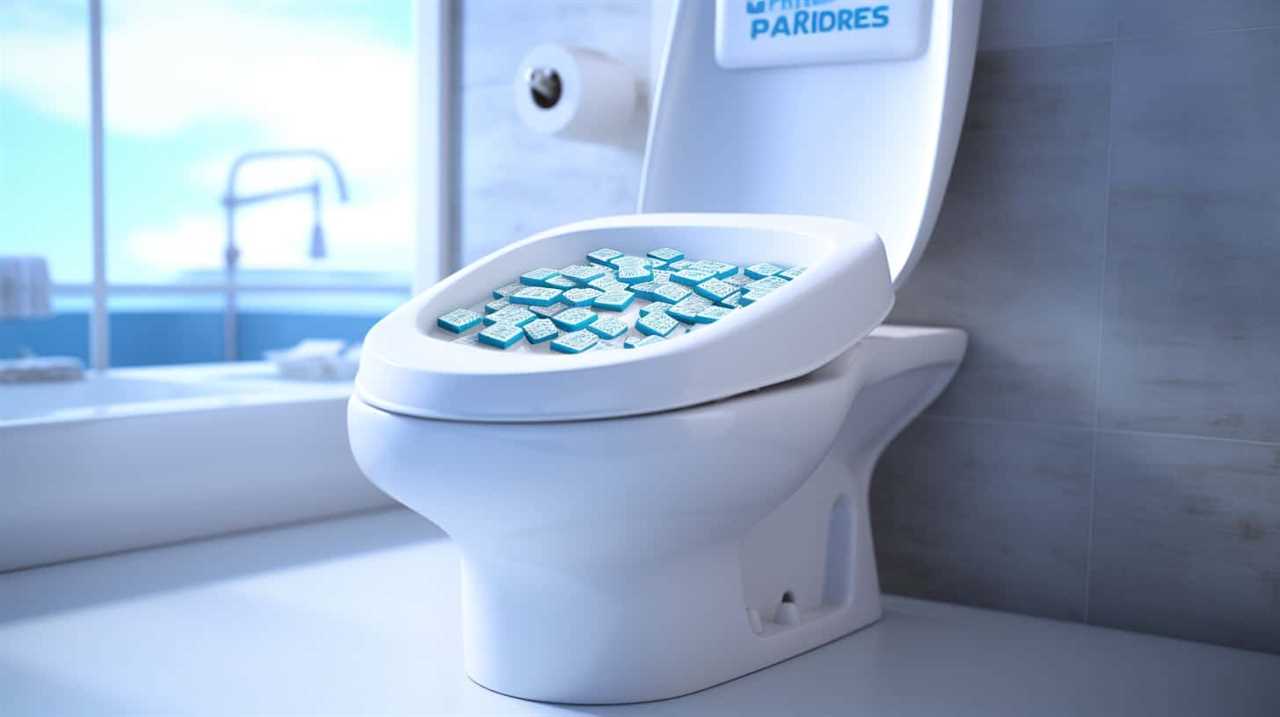
Toilet Paper Disposal
We can safely dispose of toilet paper in Denmark by flushing it down the toilet due to the efficient plumbing infrastructure. Denmark has a well-developed sewage system that can handle toilet paper waste management efficiently. Municipal recycling programs in Denmark focus on recycling materials such as paper, plastic, and glass, but toilet paper is not typically recycled. Instead, it is disposed of through the sewage system. The plumbing infrastructure in Denmark is designed to handle toilet paper flushing, ensuring that it does not cause any clogs or blockages. This efficient system allows residents to conveniently and hygienically dispose of toilet paper by simply flushing it down the toilet. Here is a table summarizing the disposal options for toilet paper in Denmark:
| Disposal Method | Description |
|---|---|
| Flushing down the toilet | Safe and convenient method due to the efficient plumbing infrastructure |
| Recycling | Not typically recycled, but municipal recycling programs focus on other materials |
| Composting | Not commonly practiced for toilet paper disposal in Denmark |
Danish Plumbing Regulations
To understand the regulations surrounding plumbing infrastructure in Denmark, we need to examine the specific guidelines set forth by the national authorities. Danish plumbing regulations are designed to ensure the safe and efficient disposal of waste, including toilet paper. Here are some key points to note:
- Plumbing systems in Denmark are required to be connected to the municipal sewage system.
- Toilet paper can generally be flushed in Denmark, as long as it’s used in reasonable quantities.
- Excessive use of toilet paper or the disposal of other materials, such as wet wipes or sanitary products, can lead to clogs and blockages.
- Danish plumbing regulations prioritize the proper functioning of the sewage system and the prevention of environmental contamination.
Understanding these regulations is crucial for the proper disposal of toilet paper and maintaining a well-functioning plumbing infrastructure in Denmark.
Proper Disposal of Toilet Paper
Proper disposal of toilet paper in Denmark involves using a waste bin instead of flushing it down the toilet. This practice is essential for maintaining the functionality of the septic tank system and ensuring proper septic tank maintenance.

Unlike in some other countries, where toilet paper can be safely flushed, the Danish plumbing regulations prioritize environmental sustainability and efficient waste management. By using a waste bin for toilet paper, individuals in Denmark contribute to the efforts of toilet paper recycling and reduce the potential strain on the septic tank system.
This approach aligns with Denmark’s commitment to sustainability and responsible waste disposal. Therefore, it’s important for residents and visitors to follow these guidelines to maintain a healthy and functional plumbing system.
Environmental Impact of Flushing Toilet Paper
The environmental impact of flushing toilet paper in Denmark is a crucial consideration for responsible waste management. Here are three key points to understand:
- Toilet paper recycling: While toilet paper is biodegradable, it isn’t typically recycled in sewage treatment plants. Instead, it’s broken down and mixed with other organic waste to produce biogas or fertilizer.
- Environmental impact of sewage systems: Flushing toilet paper contributes to the overall environmental impact of sewage systems. The water used for flushing, as well as the energy required for treatment, can have significant ecological consequences.
- Alternative solutions: To minimize the environmental impact, some individuals choose to use bidets, which reduce or eliminate the need for toilet paper. Others opt for eco-friendly toilet paper brands made from recycled materials or sustainable alternatives like bamboo. These solutions can help lessen the ecological footprint associated with toilet paper use.
Understanding the environmental impact of flushing toilet paper is essential in promoting sustainable waste management practices and minimizing harm to the environment.

Common Misconceptions About Flushing Toilet Paper in Denmark
Many people have misconceptions about flushing toilet paper in Denmark. However, it’s important to understand the Danish plumbing regulations regarding this issue.
Additionally, there’s a common misconception that flushing toilet paper has a significant environmental impact, but evidence suggests that modern wastewater treatment systems effectively handle the disposal of toilet paper.
Danish Plumbing Regulations
We have found several misconceptions about flushing toilet paper in Denmark that are worth addressing. To clarify the situation, let’s dive into Danish plumbing regulations and debunk some common misunderstandings:
- Toilet Paper Regulations
- Contrary to popular belief, it’s generally safe to flush toilet paper in Denmark.
- Danish plumbing codes allow for the disposal of toilet paper through the sewer system.
- The infrastructure in Denmark is designed to handle toilet paper without causing blockages or other issues.
- Proper Disposal
- While flushing toilet paper is allowed, it’s important to use reasonable amounts to prevent clogs.
- Avoid disposing of excessive amounts of toilet paper or any other materials that may disrupt the plumbing system.
- If you encounter a plumbing issue, it’s recommended to contact a professional plumber for assistance.
Understanding the Danish plumbing regulations helps ensure proper toilet paper disposal, contributing to the efficient functioning of the sewage system.
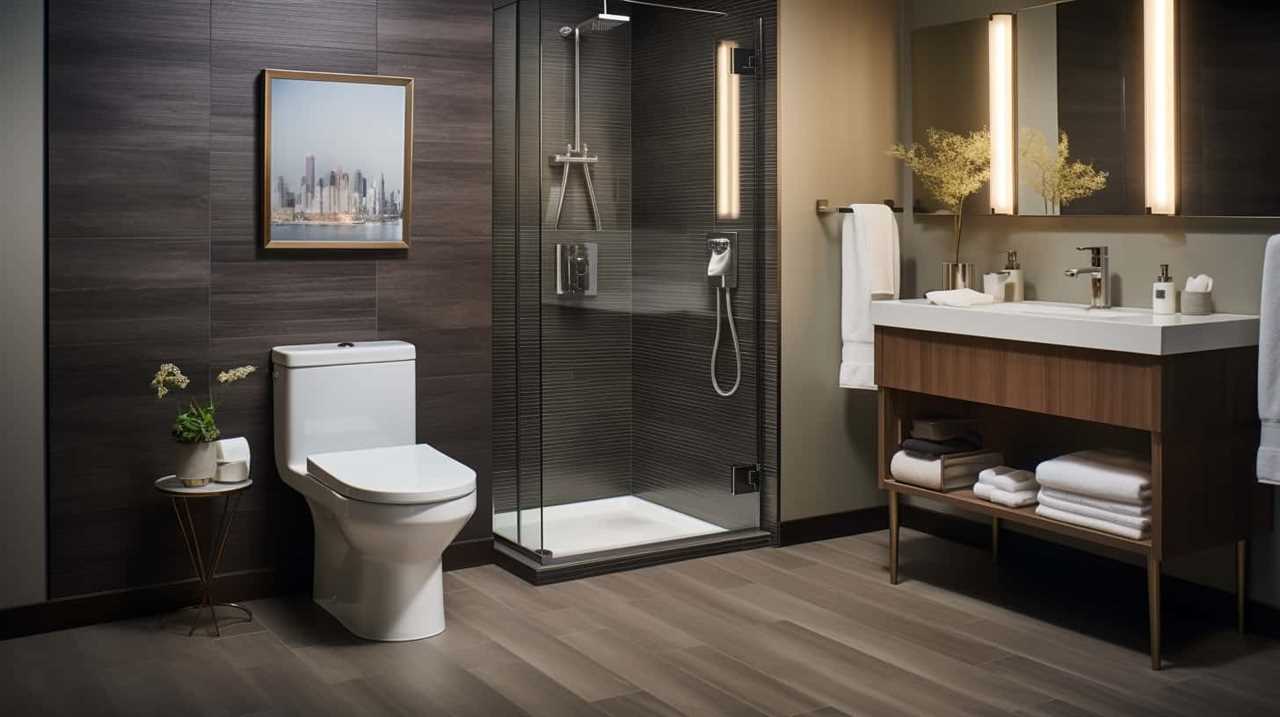
Environmental Impact of Flushing
Flushing toilet paper in Denmark has a minimal environmental impact. The country has a well-established waste management system in place to handle toilet paper waste effectively.
In Denmark, the majority of wastewater is treated in sewage treatment plants where solids, including toilet paper, are separated and processed. The treated wastewater is then released back into the environment, while the solids are further treated or disposed of properly.
This ensures that any potential environmental consequences of flushing toilet paper are mitigated. Moreover, Denmark has strict regulations and standards for waste management to protect the environment and public health.
Therefore, individuals can confidently flush toilet paper without significant harm to the environment, thanks to Denmark’s efficient waste management practices.

Alternative Disposal Methods
There are some misconceptions about how toilet paper should be disposed of in Denmark. While it’s true that flushing toilet paper is the most common method of disposal in the country, there are also alternative options available.
Here are three sustainable disposal methods to consider:
- Composting: Instead of flushing toilet paper, you can collect it in a separate container and compost it along with other organic waste. This helps reduce the amount of waste that goes to landfills and contributes to the production of nutrient-rich compost.
- Bidets: Using a bidet or bidet attachment can significantly reduce the need for toilet paper. Bidets use water to clean instead of paper, making them a more environmentally friendly option.
- Wet wipes: Although wet wipes are often marketed as flushable, they can cause blockages in the sewage system. Instead, opt for biodegradable wet wipes that can be disposed of in the trash.
Toilet Paper Quality and Flushability in Denmark
Toilet paper in Denmark is designed to be easily flushable and of high quality. The toilet paper brands in Denmark prioritize both functionality and sustainability. They undergo a meticulous manufacturing process to ensure the desired characteristics.
The manufacturing process starts with the selection of high-quality raw materials, such as soft and absorbent fibers. These fibers are then processed and transformed into thin, strong, and comfortable sheets of toilet paper. The sheets are perforated and rolled into convenient-sized rolls for easy use.

The toilet paper is also treated with a combination of additives to enhance its strength and disintegration properties without compromising its softness. This attention to detail ensures that the toilet paper in Denmark isn’t only gentle on the skin but also easily breaks down in water, making it safe to flush without causing blockages or environmental harm.
Tips for Using Toilet Paper in Denmark
When using toilet paper in Denmark, we should keep in mind a few helpful tips to ensure proper disposal and prevent any potential issues. Here are some important considerations:
- Choose reputable toilet paper brands that are known for their flushability and biodegradability. Look for labels that indicate compatibility with plumbing systems.
- Use toilet paper in moderation to avoid excessive amounts that could clog the toilet or sewer system. Remember that a little goes a long way.
- Follow proper toilet paper usage etiquette by folding or crumpling the paper before use. This helps to maintain the structural integrity of the paper and promotes effective cleaning.
By following these tips, we can ensure a smooth and hassle-free experience when using toilet paper in Denmark.
However, if you prefer to explore alternatives to flushing toilet paper, there are options available that we’ll discuss in the next section.
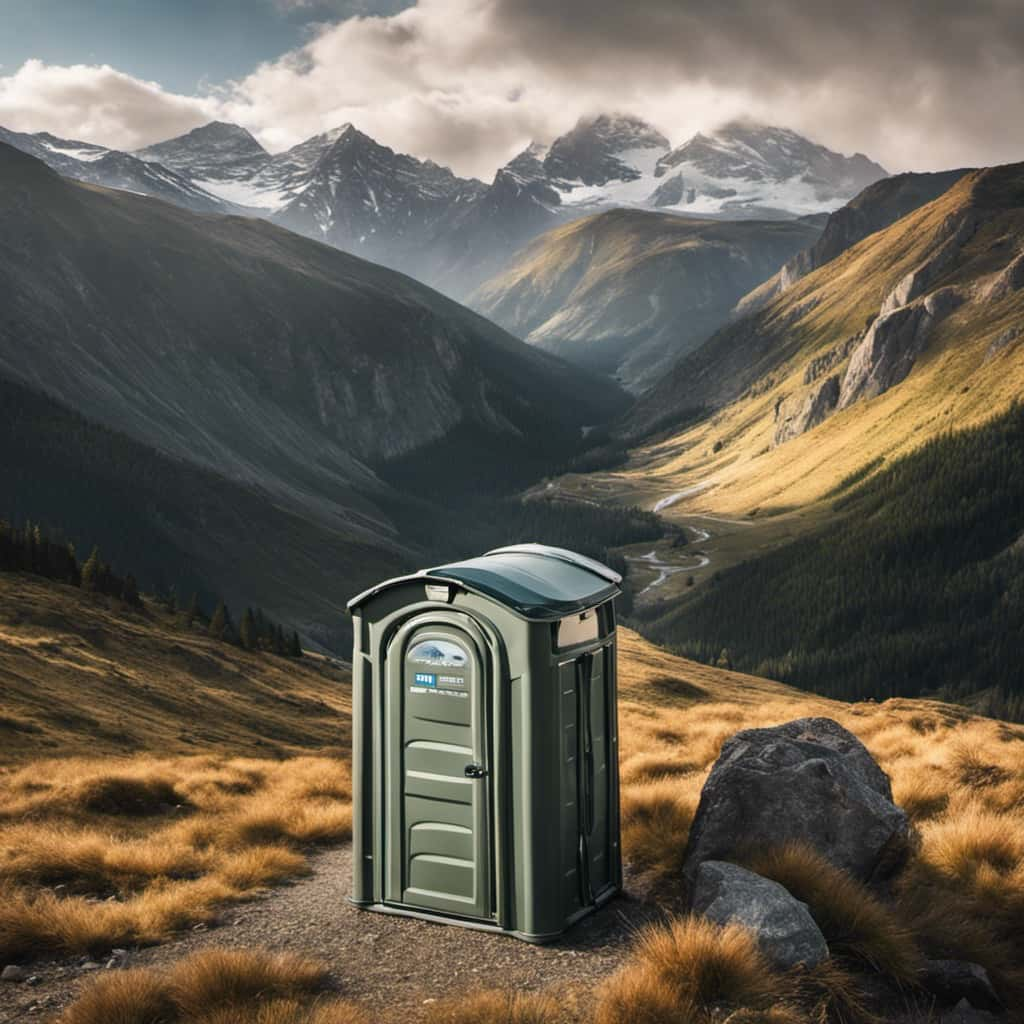
Alternatives to Flushing Toilet Paper in Denmark
When it comes to alternatives to flushing toilet paper in Denmark, there are a few sustainable options to consider.
One option is to use toilet paper made from recycled materials, which helps reduce the demand for virgin pulp production.
Another option is to explore composting toilet paper, which can be safely composted and used as fertilizer for plants.
These alternatives provide environmentally-friendly options that can help minimize the impact of toilet paper usage on the environment.
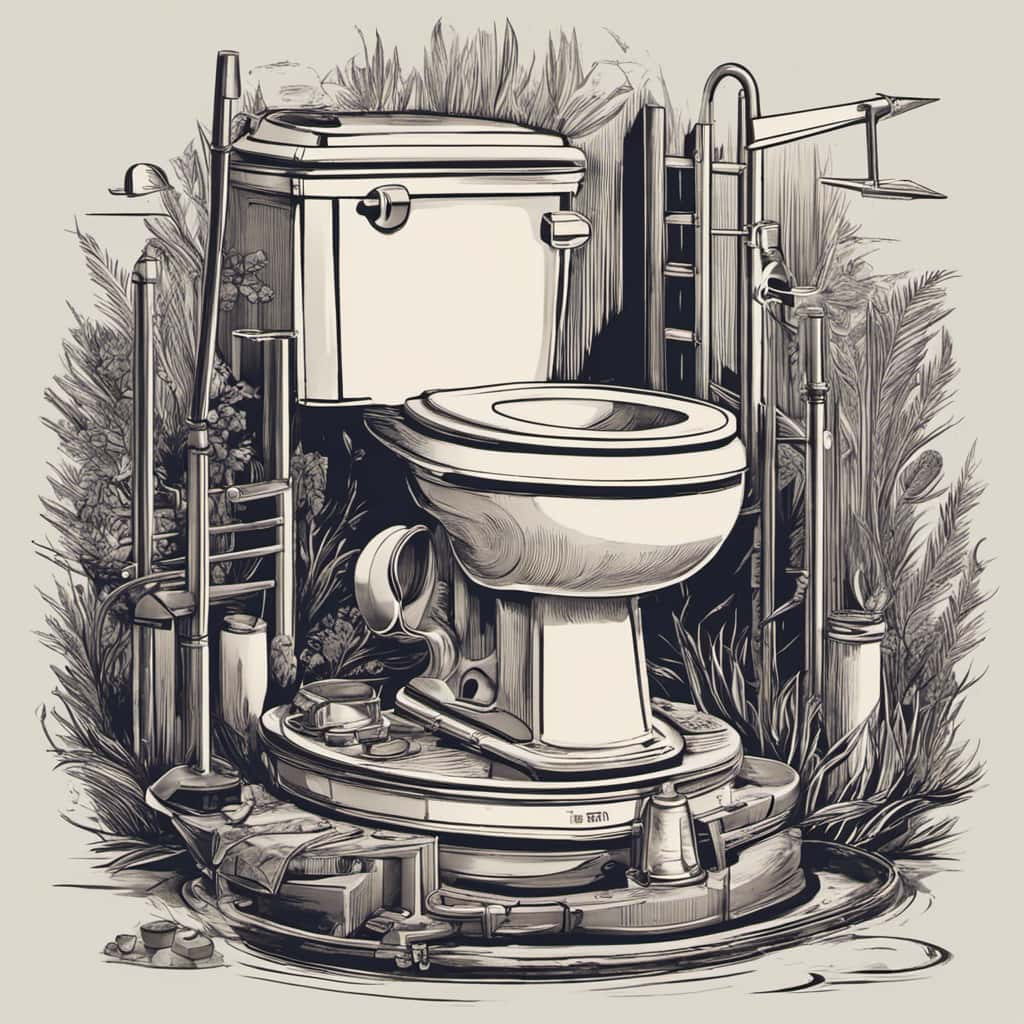
Sustainable Toilet Paper Alternatives
We have found three sustainable alternatives to flushing toilet paper in Denmark. These alternatives offer eco-friendly options that prioritize toilet paper sustainability. Here are three options to consider:
- Bamboo Toilet Paper: Made from renewable bamboo, this type of toilet paper is highly sustainable. Bamboo grows quickly and doesn’t require as many resources as traditional trees, making it an eco-friendly choice.
- Recycled Toilet Paper: Using recycled paper reduces the demand for virgin materials and helps minimize deforestation. Look for toilet paper made from post-consumer recycled content to ensure maximum sustainability.
- Bidets: Bidets provide a water-based alternative to toilet paper. By using water to clean, bidets eliminate the need for excessive toilet paper usage. They’re a popular choice in many European countries and are gaining traction in Denmark.
Composting Toilet Paper Options
To explore composting toilet paper options as alternatives to flushing toilet paper in Denmark, let’s delve into sustainable and eco-friendly choices.
One option is to use toilet paper made from recycled materials. These products are often labeled as eco-friendly and can be safely composted.
Another option is to switch to bamboo toilet paper, which is a more sustainable choice due to the fast growth of bamboo plants. Bamboo toilet paper is biodegradable and can be composted without harming the environment.

Additionally, there are compostable toilet paper options available, made from materials like plant fibers or hemp. These options break down easily and can be safely composted.
By choosing these composting toilet paper options, we can reduce our impact on the environment and promote sustainability.
Now, let’s move on to exploring public restrooms and toilet paper disposal in Denmark.
Public Restrooms and Toilet Paper Disposal in Denmark
How do Danish public restrooms handle the disposal of toilet paper?

In Denmark, public restrooms typically provide toilet paper for use by visitors. However, the disposal methods for toilet paper vary depending on the establishment. Here are three common methods used in Danish public restrooms:
- Flushing: Many public restrooms in Denmark have modern plumbing systems that can handle flushing toilet paper. This method is convenient and hygienic, as it eliminates the need for separate disposal bins.
- Waste bins: Some public restrooms provide waste bins specifically for disposing of toilet paper. This method is often used in older buildings or places with limited plumbing capacity.
- Recycling bins: In an effort to promote sustainability, some public restrooms in Denmark have recycling bins specifically designated for toilet paper. This method aims to reduce the environmental impact of flushing toilet paper and encourages responsible waste management.
Understanding how Danish public restrooms handle toilet paper disposal is essential for visitors to follow proper toilet paper etiquette in Denmark.
Toilet Paper Etiquette in Denmark
In Denmark, it is customary to adhere to proper toilet paper etiquette when using public restrooms. Danish people are quite conscious of hygiene and cleanliness, and they expect others to follow suit. When it comes to toilet paper, there are a few important points to keep in mind. Firstly, it is recommended to use the toilet paper provided in public restrooms rather than carrying your own. Secondly, it is essential to use the toilet paper responsibly and in moderation, avoiding excessive wastage. Finally, it is crucial to dispose of used toilet paper in the designated bins provided, rather than flushing it down the toilet. By following these guidelines, you can contribute to maintaining the cleanliness and functionality of public restrooms in Denmark.
| Toilet Paper Brands | Toilet Paper Usage Habits | Proper Disposal |
|---|---|---|
| Brand A | Moderate usage | Trash bin |
| Brand B | Responsible usage | Trash bin |
| Brand C | Environmentally friendly | Trash bin |
| Brand D | Minimal usage | Trash bin |
| Brand E | Gentle on the skin | Trash bin |
Cultural Attitudes Towards Toilet Paper in Denmark
When it comes to toilet paper usage, Danish culture emphasizes the proper disposal of toilet paper in designated bins rather than flushing it down the toilet. This cultural difference in toilet paper habits can be attributed to various factors.
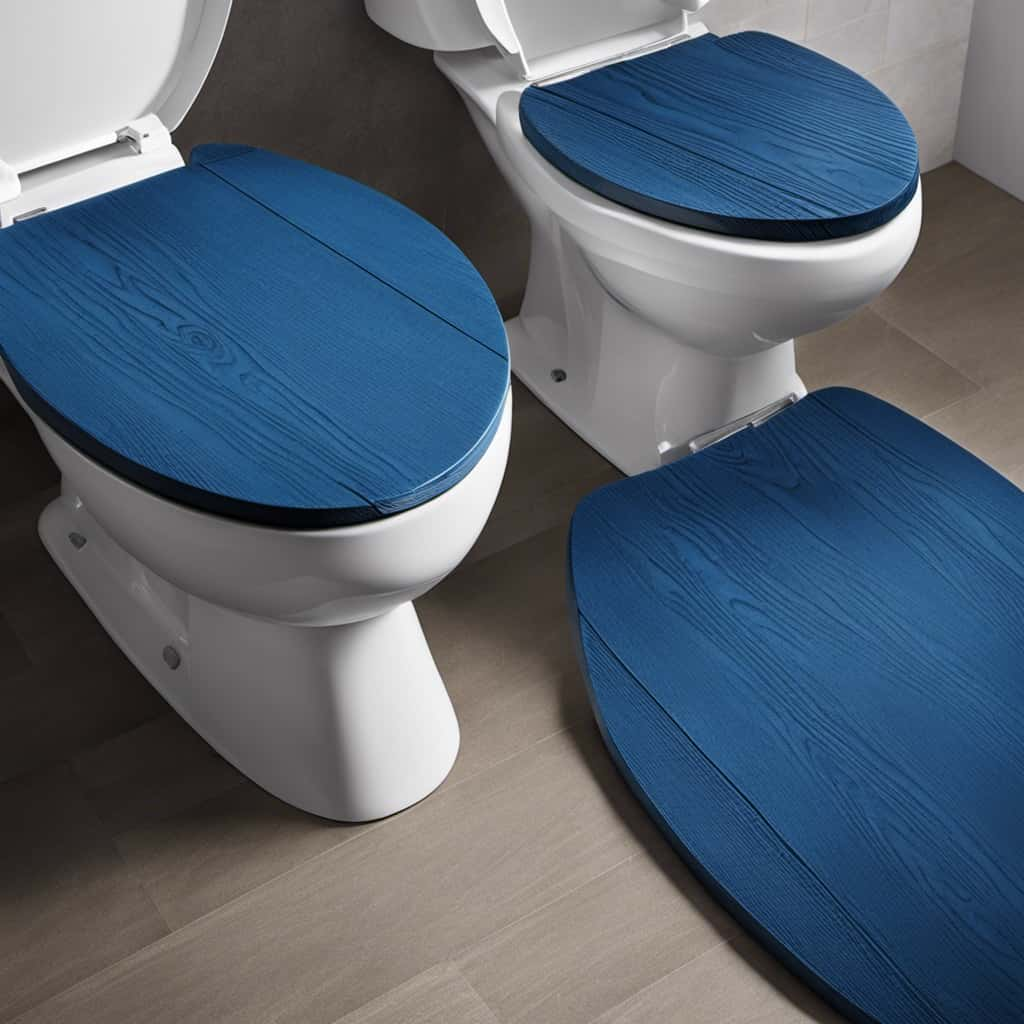
- Environmental Awareness: Danes prioritize sustainability and have a strong eco-consciousness. They believe that flushing toilet paper contributes to unnecessary water consumption and sewage system issues.
- Plumbing Infrastructure: Danish households often have older plumbing systems that aren’t designed to handle flushed toilet paper. This has led to the establishment of a norm where toilet paper is discarded in bins.
- Hygiene Practices: Danish households value cleanliness and hygiene. Disposing of toilet paper in bins helps maintain a cleaner and odor-free bathroom environment.
These cultural attitudes towards toilet paper reflect a unique approach to waste management and demonstrate the Danish commitment to environmental sustainability and cleanliness.
Transitioning from these cultural practices to the convenience of flushing toilet paper will be discussed in the next section.
Conclusion: Flushing Toilet Paper in Denmark Made Easy
To make flushing toilet paper in Denmark easier, we can implement a few simple steps. First, it is important to understand the manufacturing process of toilet paper. Most toilet papers are made from virgin or recycled paper fibers, which are processed and transformed into the soft, absorbent sheets we use. These sheets are designed to break down easily when exposed to water. Second, we need to consider the impact of toilet paper on septic systems. Flushing excessive amounts of toilet paper can lead to clogs and blockages in the pipes, causing costly repairs. By using a reasonable amount of toilet paper and avoiding flushing other items, such as wet wipes or feminine hygiene products, we can ensure a smooth and hassle-free experience.
| Steps to Make Flushing Toilet Paper in Denmark Easier |
|---|
| Understand the toilet paper manufacturing process |
| Be mindful of the impact on septic systems |
| Use a reasonable amount of toilet paper |
Conclusion
Flushing toilet paper in Denmark is a breeze, thanks to the country’s modern sewage system and well-developed plumbing infrastructure. With proper disposal practices and a focus on environmental impact, Denmark effortlessly handles the task.
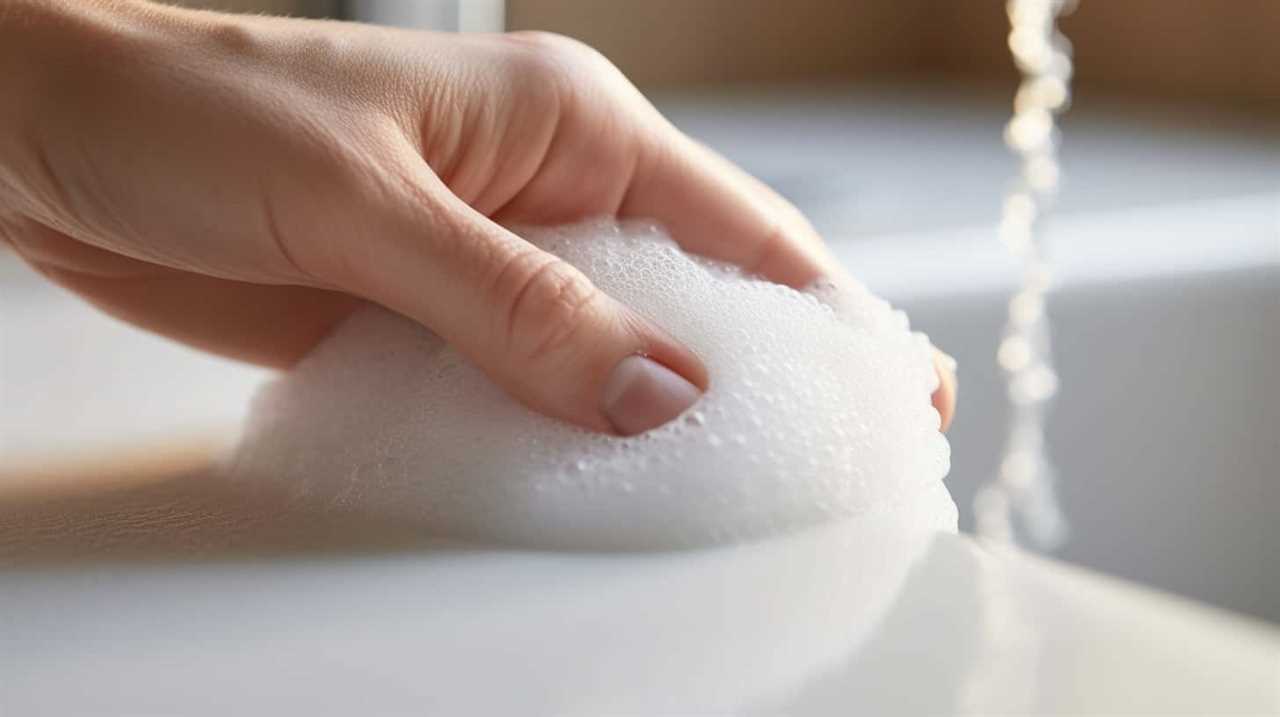
Contrary to common misconceptions, public restrooms in Denmark provide convenient options for toilet paper disposal.
Overall, Danish cultural attitudes towards toilet paper are pragmatic and considerate. So go ahead, flush away without a worry, and let Denmark’s efficient system handle it with ease.
With an impeccable eye for detail and a passion for bathroom-related, Ava leads our editorial team gracefully and precisely.
Under her guidance, Best Modern Toilet has flourished as the go-to resource for modern bathroom enthusiasts. In her free time, you might find Ava exploring antique shops and looking for vintage bathroom fixtures to add to her collection.
FAQ - Advanced Bathroom Queries
Can I Shave My Pubes Into the Toilet
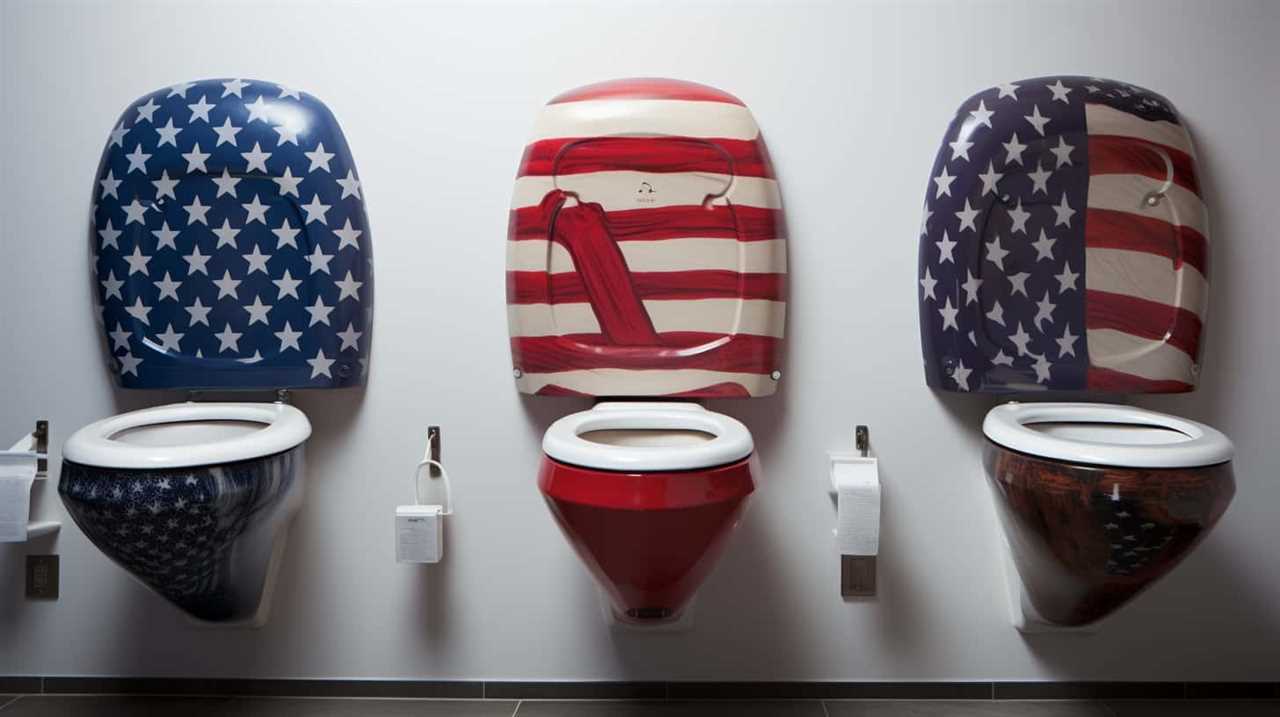
Are we curious about whether shaving our pubic hair directly into the toilet is appropriate? We’ll delve into the aspects of plumbing, the risk of clogs, and any possible drainage complications that might occur.
We’ll also discuss the importance of toilet maintenance and cleaning, as well as social norms and etiquette. Experts have weighed in on this matter, and we’ll share their advice too.
So, if you’re curious about the comfort and convenience of this shaving method, stay tuned for our informative insights.
Key Takeaways
- Shaving or disposing of pubic hair down the toilet can lead to clogs and costly plumbing repairs.
- Proper disposal of pubic hair in a trash bin can prevent plumbing issues and maintain a smoothly functioning plumbing system.
- Flushing pubic hair can create hygiene concerns and increase the risk of bacterial or fungal infections.
- Shaving pubes into the toilet can have negative environmental impacts, including water pollution and the introduction of contaminants into water bodies.
Plumbing Considerations
When considering plumbing implications, it’s important to address the potential issues that may arise from disposing of pubic hair down the toilet. While it may seem convenient to flush away the hair after shaving, doing so can lead to clogs and blockages in your toilet plumbing system.

Pubic hair tends to clump together and can easily get stuck in the pipes, causing water flow problems and requiring costly repairs. To prevent these issues, it’s recommended to dispose of pubic hair properly by throwing it in the trash.
Additionally, adopting proper shaving techniques can also help minimize the amount of hair that ends up in your toilet. By using a sharp razor and trimming the hair before shaving, you can reduce the chances of clogs and maintain a smoothly functioning plumbing system.
Hygiene Concerns
First, we need to address the hygiene concerns associated with shaving pubes into the toilet. While it may seem convenient to dispose of hair in this manner, there are important considerations to keep in mind.
One significant issue is the impact on the environment. Flushing pubic hair down the toilet can lead to clogging and blockages in the plumbing system, resulting in costly repairs and potential damage to the sewage system.

Additionally, there are health risks associated with shaving pubes into the toilet. When hair comes into contact with water, it can create a breeding ground for bacteria and other microorganisms, increasing the risk of infection.
It’s recommended to dispose of pubic hair properly by placing it in a waste bin or bag and disposing of it in the garbage. This ensures proper hygiene practices and minimizes potential health and environmental risks.
Potential Clogging Issues
When it comes to shaving pubic hair into the toilet, potential clogging issues should be considered. The accumulation of hair in the toilet pipes can lead to blockages, resulting in plumbing maintenance concerns.
It’s important to be aware of the potential consequences and take appropriate measures to prevent any clogging problems that may arise.
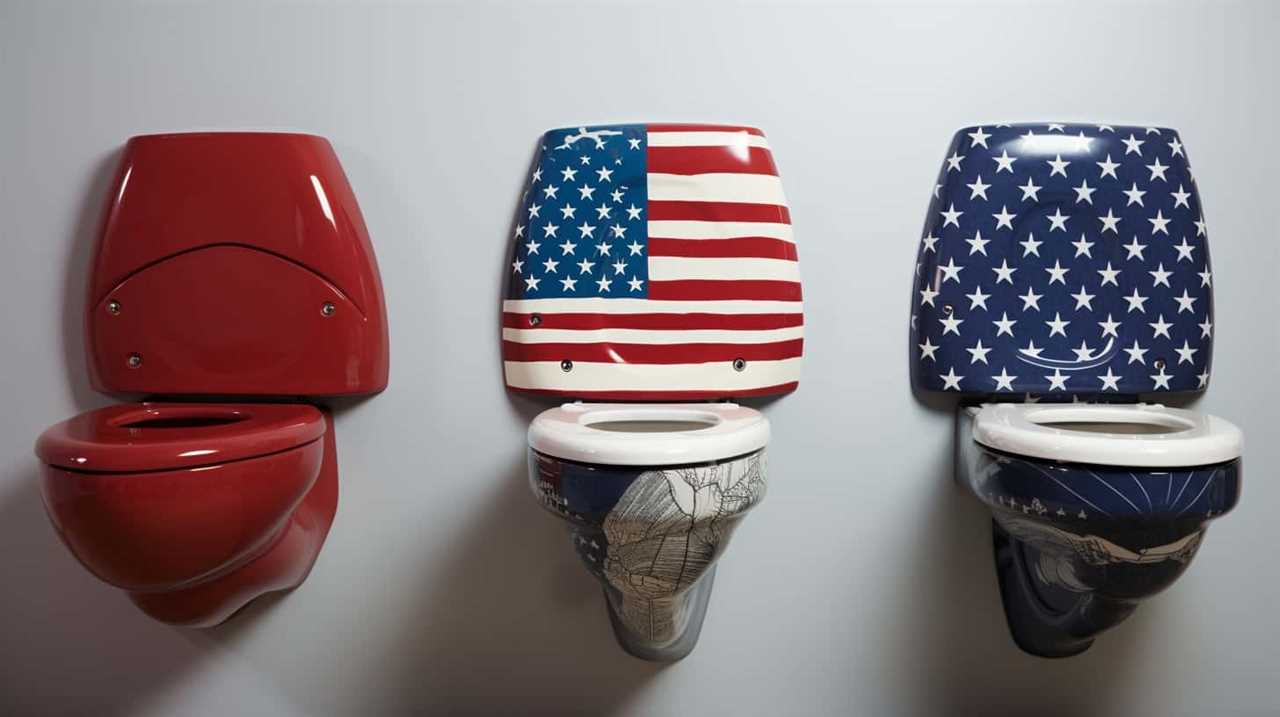
Toilet Pipe Blockage
Although it may seem convenient, shaving our pubes into the toilet can potentially lead to toilet pipe blockage and clogging issues. Proper waste disposal and plumbing safety are crucial to avoid such problems. When we flush hair down the toilet, it can accumulate in the pipes and create a blockage over time. This can result in slow drainage, backups, and even costly repairs. To illustrate the potential consequences, consider the following table:
| Issue | Causes | Effects |
|---|---|---|
| Pipe Blockage | Flushing pubic hair | Slow drainage, backups, expensive repairs |
| Clogging Issues | Accumulated hair in the pipes | Difficulty flushing, unpleasant odors |
| Expensive Repairs | Professional intervention required | Costly repairs, inconvenience |
To prevent toilet pipe blockage, it is best to dispose of pubic hair properly. This can be done by collecting it in a tissue or paper towel and disposing of it in the trash. By practicing proper waste disposal and considering plumbing safety, we can avoid potential clogging issues and maintain the functionality of our toilet pipes.
Plumbing Maintenance Concerns
To avoid potential clogging issues, we must properly dispose of our pubic hair instead of shaving it into the toilet. While it may seem convenient to simply flush the hair down the drain, it can lead to plumbing maintenance concerns.
Plumbing installations are designed to handle specific types of waste, and pubic hair isn’t one of them. The fine strands of hair can easily accumulate and form blockages within the pipes, causing water to back up and potentially damage the plumbing system.

It’s important to practice proper grooming techniques by trimming or shaving in a designated area, such as over a towel or in the shower, and disposing of the hair in a trash bin. By taking these precautions, we can prevent unnecessary plumbing problems and maintain the integrity of our plumbing installations.
Drainage Problems
Our bathroom’s drainage problems became evident as we noticed that our toilet was frequently clogged and overflowing. This issue not only caused inconvenience but also raised concerns about the environmental impact of our plumbing system.
When dealing with drainage problems, it’s essential to consider plumbing solutions that address the root cause of the issue. Regular maintenance and proper disposal of waste materials are crucial in preventing clogs and ensuring efficient drainage. By using drain screens or traps, we can prevent debris and hair from entering the pipes and causing blockages.
Additionally, avoiding flushing non-biodegradable items, such as wipes or sanitary products, can also contribute to maintaining a healthy plumbing system and reducing the environmental impact.

Toilet Maintenance and Cleaning
Maintaining a clean and well-functioning toilet is essential for a hygienic and efficient bathroom experience. Proper plumbing maintenance and regular cleaning are key to prevent clogs, leaks, and unpleasant odors. Here are some important tips to keep your toilet in top shape:
- Regularly clean the toilet bowl, seat, and lid using a mild cleaner and a toilet brush.
- Avoid using harsh chemicals or abrasive cleaners that can damage the toilet’s surface.
- Check the water supply and flush mechanism regularly to ensure proper functioning.
- Use a plunger to clear minor clogs before they become major plumbing issues.
- Consider scheduling professional plumbing maintenance to catch any potential problems early on.
By following these proper grooming techniques and maintaining your toilet, you can ensure a clean and efficient bathroom experience.
Now, let’s discuss the practicality of shaving in the toilet.
Practicality of Shaving in the Toilet
When it comes to shaving in the toilet, there are a few practicality concerns that need to be addressed.
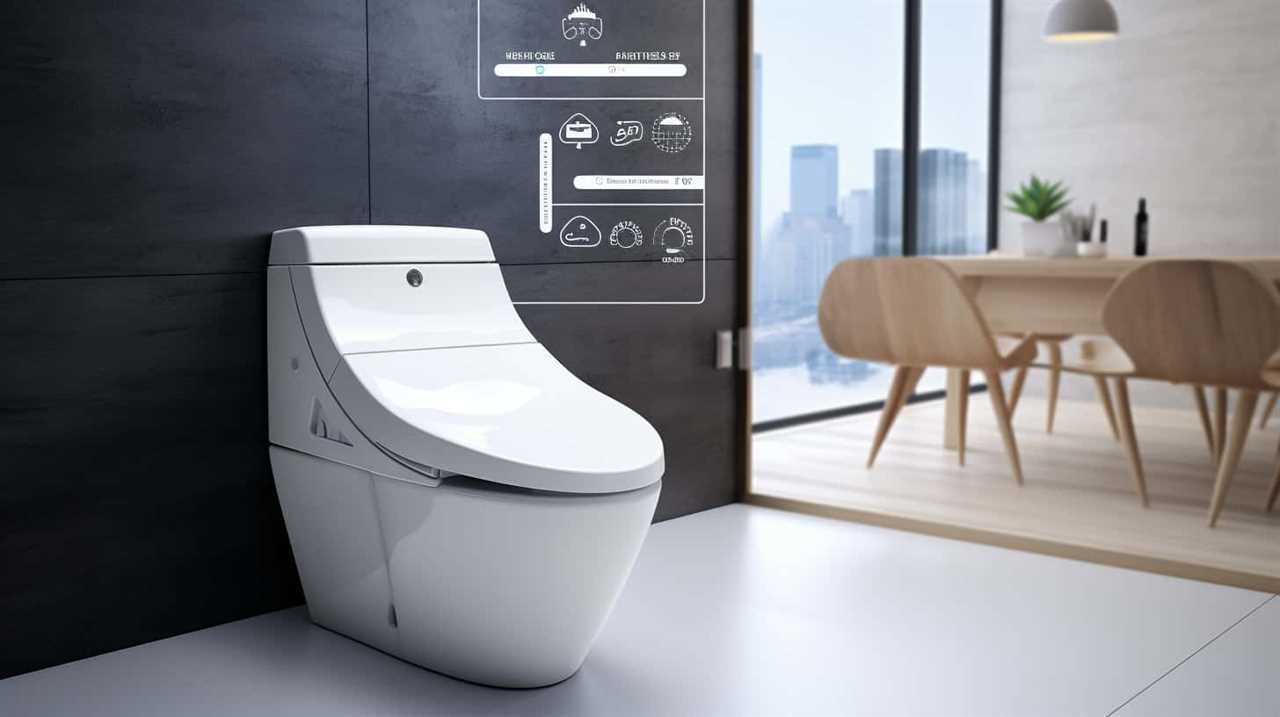
Firstly, there’s the issue of water splashing. Shaving in the toilet can cause water to splatter and potentially create a mess in the bathroom.
Secondly, hygiene and cleanliness should be taken into consideration. Shaving in the toilet may not provide the most hygienic environment and can lead to the spread of bacteria.
Lastly, there’s a risk of clogging the toilet with hair clippings. Flushing large amounts of hair down the toilet can potentially cause blockages in the plumbing system.
Water Splashing Concerns
We found that shaving pubic hair into the toilet can result in water splashing, which can be inconvenient. When water splashes during the shaving process, it can lead to mess and potential hygiene issues.

To address this concern, here are some practical tips:
- Consider adjusting the water temperature to reduce splashing.
- Opt for shaving cream alternatives, such as gels or oils, that are less likely to create excess foam or lather.
- Take care to shave slowly and gently to minimize splashing.
- Position yourself strategically to redirect any potential splashes away from the toilet bowl.
- Use a towel or mat to catch any stray water and prevent it from spreading.
Hygiene and Cleanliness
To ensure optimal hygiene and cleanliness while shaving in the toilet, it’s important for us to take certain precautions.
Shaving in the toilet can be a convenient option for personal grooming, but it’s essential to maintain cleanliness during the process.
Firstly, it’s advisable to trim the pubic hair before shaving to minimize the chances of clogging the toilet.
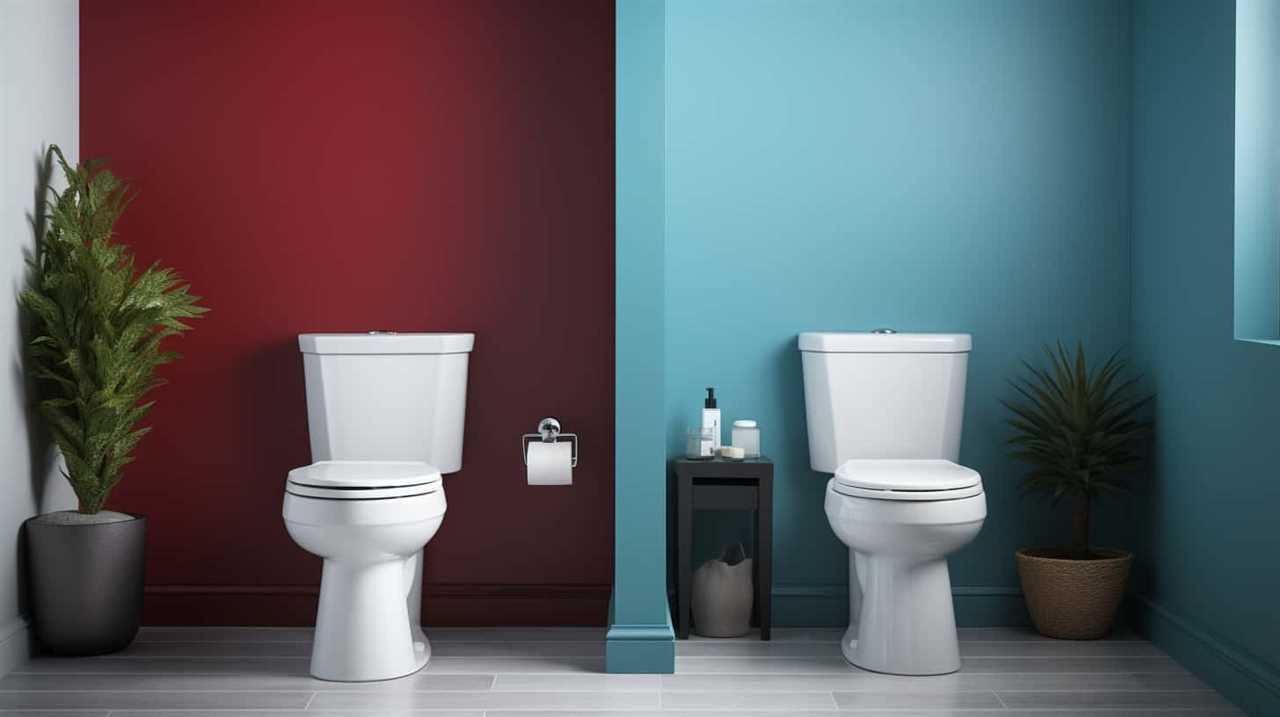
Additionally, using a shaving cream or gel can help in achieving a smoother shave and reduce the chances of razor burn or irritation.
It’s important to clean the toilet thoroughly after shaving to prevent any potential hygiene issues.
Proper disposal of the shaved hair is crucial to avoid clogging the toilet or causing any plumbing problems.
Clogging the Toilet
To minimize the risk of clogging, it’s important to consider the practicality of shaving in the toilet and the potential consequences. Shaving in the toilet may seem convenient, but it can lead to plumbing issues that are best avoided.
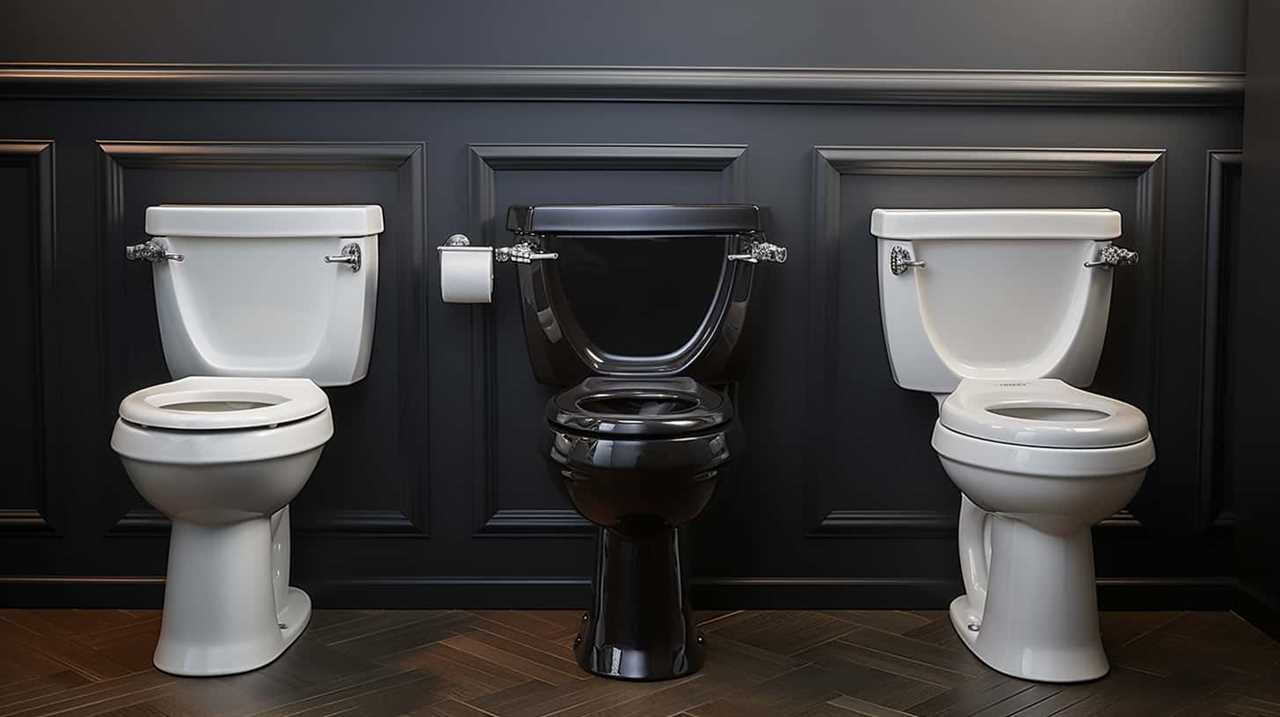
Here are some points to consider:
- Plumbing safety: Shaving in the toilet increases the chances of clogging the pipes, which can be costly to fix and cause inconvenience.
- Personal preferences: Some individuals prefer to have a dedicated shaving area, separate from the toilet, to maintain cleanliness and hygiene.
- Increased maintenance: Shaving in the toilet requires more frequent cleaning and maintenance to prevent hair from accumulating in the pipes.
- Environmental impact: Clogged toilets can lead to water wastage and increased energy consumption due to the need for repairs or unclogging.
- Optimal functionality: Toilets are designed for waste disposal, not as shaving stations. Using them solely for their intended purpose ensures their proper functioning and longevity.
Considering these factors, it’s advisable to find alternative methods for shaving that prioritize plumbing safety and personal preferences.
Alternatives to Consider
One option to explore when considering alternatives to shaving pubic hair directly into the toilet is to use a designated container or bag for disposal. This method ensures that the hair doesn’t end up in the plumbing system, potentially causing clogs or other issues with the plumbing installation. By using a container or bag, you can easily collect the hair and then dispose of it in a more appropriate manner, such as throwing it in the trash. To help you make an informed decision, we have prepared a table comparing different disposal methods:
| Disposal Method | Pros | Cons |
|---|---|---|
| Shaving Cream | Easy to use | Requires additional cleaning |
| Waxing | Longer-lasting results | Can be painful and costly |
| Hair Removal Cream | Quick and painless | Some people may experience skin irritation |
| Trimming | Low maintenance, reduces risk of cuts | Hair may still end up in the toilet if not properly collected and disposed |
Remember to choose a method that best suits your preferences and ensure proper disposal for the sake of your plumbing system.
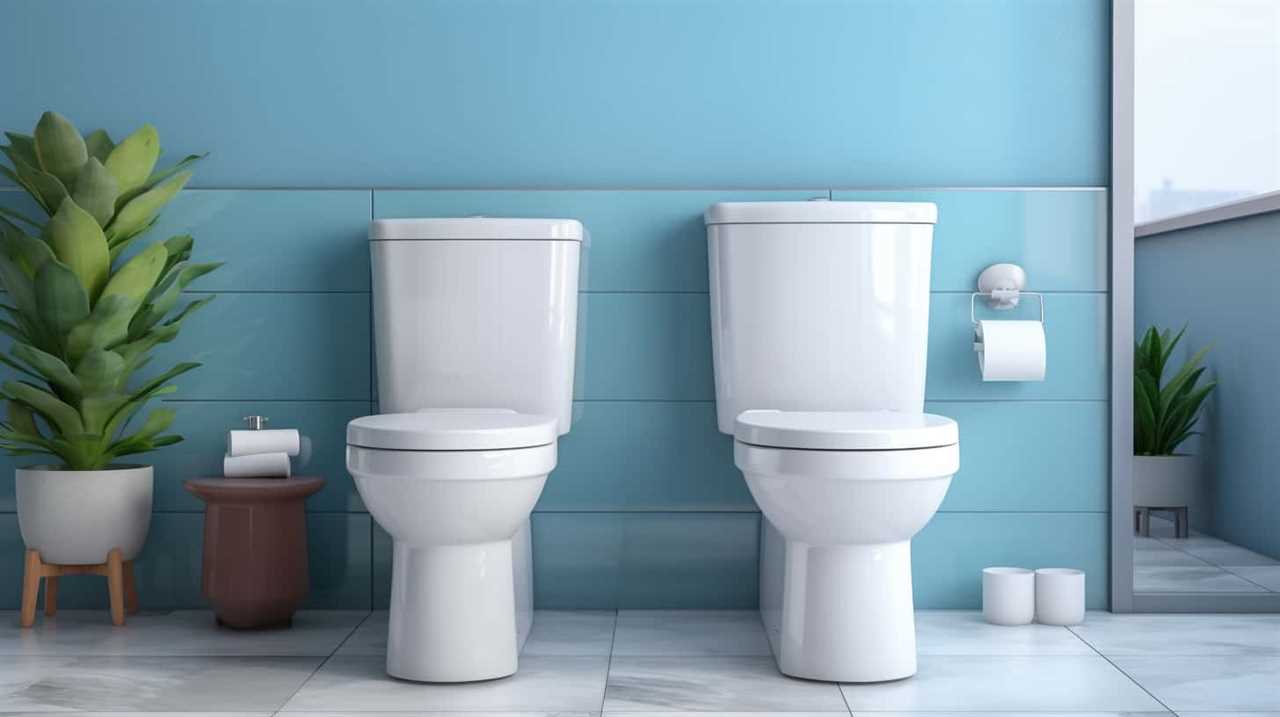
Impact on the Environment
When considering the impact of shaving pubes into the toilet, it’s important to address the potential environmental consequences.
One significant concern is the water pollution that can result from this practice. The chemicals and bacteria present in pubic hair can contaminate the water supply, posing a risk to both human health and the ecosystem.
Additionally, disposing of pubic hair in the toilet can cause waste disposal problems, such as clogging pipes and damaging sewage systems.
Water Pollution From Shaving
Shaving our pubes into the toilet can contribute to water pollution. While it may seem like a convenient disposal method, the environmental impact shouldn’t be overlooked. Here are some reasons why:

- Chemical Contamination: Shaving creams, gels, and soaps often contain harmful chemicals that can contaminate water sources when flushed down the toilet.
- Microplastic Pollution: Disposable razors and trimmers contribute to the growing issue of microplastic pollution in our waterways, harming aquatic life and ecosystems.
- Water Treatment Challenges: The presence of pubic hair in the water supply can clog pipes and interfere with water treatment processes, leading to increased costs and inefficiencies.
- Negative Impact on Biodiversity: Water pollution from shaving can disrupt the delicate balance of aquatic ecosystems, causing harm to fish, amphibians, and other organisms.
- Threat to Water Conservation Efforts: Water pollution not only affects the quality of our water, but it also undermines water conservation efforts, as contaminated water may be unusable for certain purposes.
To protect our environment and water resources, it’s crucial to adopt responsible shaving practices and dispose of pubic hair properly.
Waste Disposal Problems
We need to address the waste disposal problems associated with shaving our pubes into the toilet in order to minimize the impact on the environment. When we flush our pubic hair down the toilet, it can lead to plumbing installation issues and contribute to water pollution.
The plumbing system in our homes is designed to handle specific types of waste, such as toilet paper and bodily waste. However, when we introduce items like pubic hair into the system, it can clog pipes and cause blockages, leading to costly repairs and potential damage to the environment.
Additionally, the environmental impact of flushing pubic hair down the toilet is significant. It can contribute to water pollution by introducing unwanted contaminants into rivers, lakes, and oceans. Therefore, it’s crucial to dispose of pubic hair properly, such as by placing it in a trash bag or composting it, to minimize negative environmental effects.

Understanding these waste disposal problems is essential as we move on to discuss the health risks associated with shaving.
Health Risks Associated With Shaving
To address the health risks associated with shaving, it’s important to consider the potential dangers involved. Shaving, particularly in the pubic area, can pose certain health risks that individuals should be aware of. Here are some potential health risks:
- Irritation and ingrown hairs: Shaving can lead to skin irritation and the development of ingrown hairs, which can be painful and prone to infection.
- Infection risks: If proper hygiene isn’t maintained during shaving, there’s a risk of bacterial or fungal infections, such as folliculitis or cellulitis.
- Cuts and nicks: Accidental cuts and nicks while shaving can create an entry point for bacteria, increasing the risk of infection.
- Allergic reactions: Some individuals may be allergic to the products used during shaving, leading to skin rashes, itching, or redness.
- Spread of sexually transmitted infections (STIs): Shaving can potentially increase the risk of spreading STIs if there are open sores or cuts present.
It is essential to take precautions, such as using a clean razor, maintaining proper hygiene, and moisturizing the skin after shaving, to minimize these health risks.
Proper Disposal of Pubic Hair
After shaving our pubic hair, it’s important to properly dispose of it to maintain cleanliness and hygiene. When it comes to disposing of pubic hair, it’s crucial to follow plumbing regulations and consider the environmental impact.

Flushing pubic hair down the toilet may seem convenient, but it can lead to plumbing issues. According to plumbing regulations, only toilet paper and bodily waste should be flushed to prevent clogs and damage to the sewage system.
Instead, it’s recommended to collect the pubic hair in a tissue or toilet paper and dispose of it in the trash bin. This ensures that the hair doesn’t interfere with the plumbing system and avoids any potential environmental harm.
Social Norms and Etiquette
When it comes to grooming habits, it’s important to consider the social norms and etiquette surrounding the disposal of pubic hair. Properly disposing of pubic hair not only ensures cleanliness but also shows respect for others who may use the same facilities. Plumbing regulations and cultural differences can greatly influence what’s considered acceptable in different communities.
Here are some key points to consider:

- Plumbing regulations: Some plumbing systems may not be equipped to handle large amounts of hair, leading to clogs and costly repairs.
- Hygiene standards: Leaving pubic hair in shared spaces can be perceived as unhygienic and disrespectful to others.
- Cultural differences: Different cultures may have varying beliefs and practices regarding pubic hair grooming and disposal.
- Considerate alternatives: Using designated waste containers or disposing of pubic hair in sealed bags can help maintain cleanliness and minimize discomfort for others.
- Communication and awareness: It’s essential to be mindful of the norms and expectations of the community or environment you’re in, and to communicate openly with others to ensure mutual understanding and respect.
Comfort and Convenience Factors
Continuing our exploration of grooming habits and social norms, let’s delve into the comfort and convenience factors of disposing pubic hair in a considerate manner.
When it comes to shaving or trimming our pubic hair, it’s essential to consider the potential issues that may arise from disposing of it in the toilet. One factor to take into account is the potential for water splashing. Disposing of pubic hair in the toilet can increase the risk of clogging due to the hair’s tendency to clump together.
Additionally, there may be concerns regarding social norms and etiquette. While it may seem convenient to shave pubic hair directly into the toilet, it’s important to consider alternative methods that prioritize cleanliness and proper disposal, such as using a designated disposal container or disposing of it in the trash.
Being mindful of these factors can contribute to a more comfortable and hygienic grooming experience.
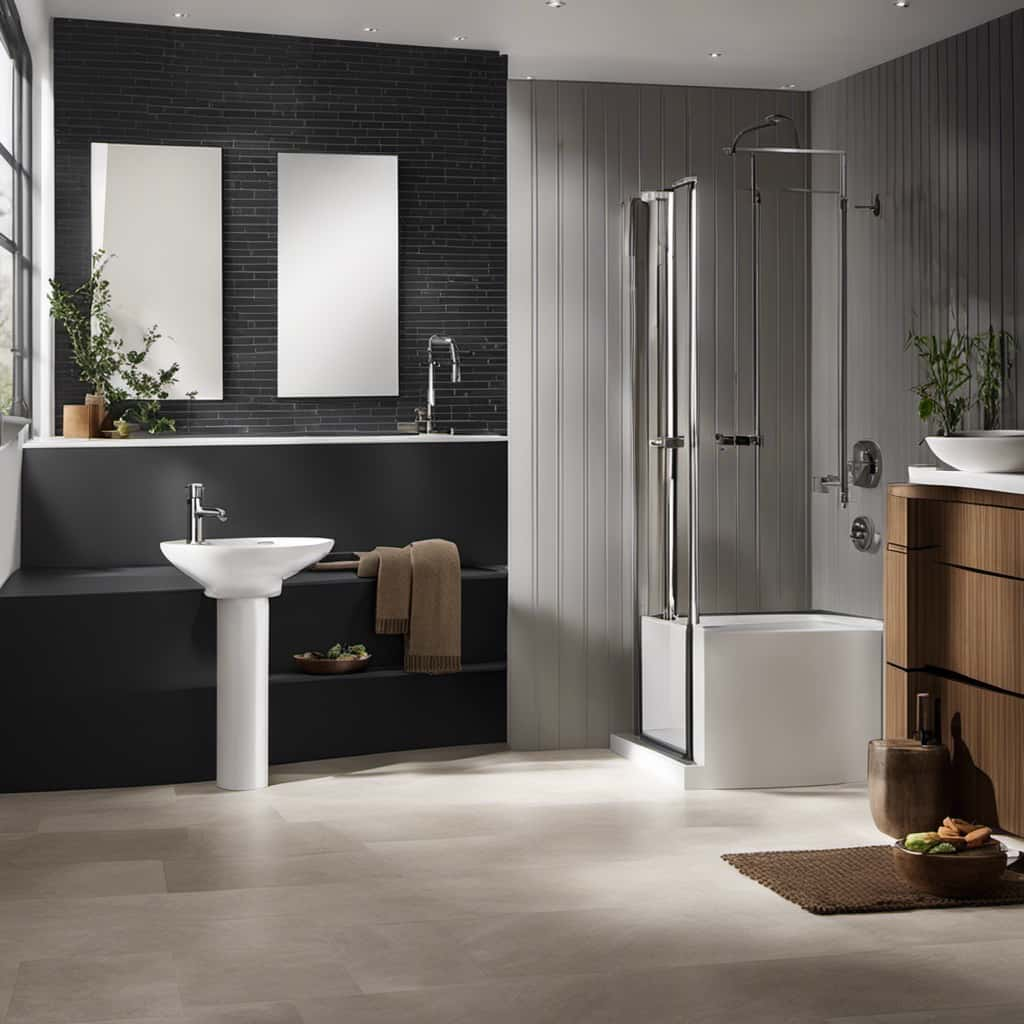
Advice From Experts
When it comes to grooming pubic hair and maintaining hygiene, it’s important to seek advice from experts. They can provide valuable tips and insights to ensure a safe and effective shaving experience.
Expert advice may cover various aspects, such as proper techniques, recommended products, and hygiene considerations to minimize the risk of irritation or infection.
Expert Tips for Grooming
We rely on the expertise of grooming professionals to provide us with valuable tips and guidance on how to achieve the best results in maintaining our personal hygiene and appearance. When it comes to grooming techniques, there are several expert tips that can help you achieve optimal results:
- Use a sharp razor: A dull razor can cause irritation and cuts. Invest in a high-quality razor and replace the blades regularly.
- Exfoliate before shaving: This removes dead skin cells and helps prevent ingrown hairs.
- Trim before shaving: If your hair is long, it’s a good idea to trim it down before shaving to make the process easier and less painful.
- Apply a moisturizing lotion: After shaving, apply a moisturizing lotion to soothe the skin and prevent dryness.
- Choose the right products: Use shaving creams or gels that are specifically designed for sensitive skin to minimize irritation.
Hygiene Considerations for Shaving
To ensure proper hygiene while shaving, it’s essential to follow expert advice on cleanliness and sanitation. When it comes to hygiene considerations, water conservation should be taken into account. Instead of letting the water run continuously, it’s recommended to wet the area to be shaved, turn off the faucet, and then proceed with the shaving process. This not only helps conserve water but also prevents excessive wetness, which can lead to irritation.

Additionally, using a shaving cream or gel can help lubricate the skin and minimize friction, reducing the risk of irritation. It’s important to rinse the razor frequently during shaving to prevent clogging and ensure a clean shave.
By following these hygiene tips, you can maintain cleanliness and minimize the risk of irritation while shaving.
In the subsequent section, we’ll provide final thoughts and recommendations on pubic hair grooming.
Final Thoughts and Recommendations
After considering all factors, it’s clear that disposing of shaved pubes into the toilet isn’t the most hygienic or efficient method. While it may seem convenient, this practice raises concerns in terms of social acceptance and environmental impact.
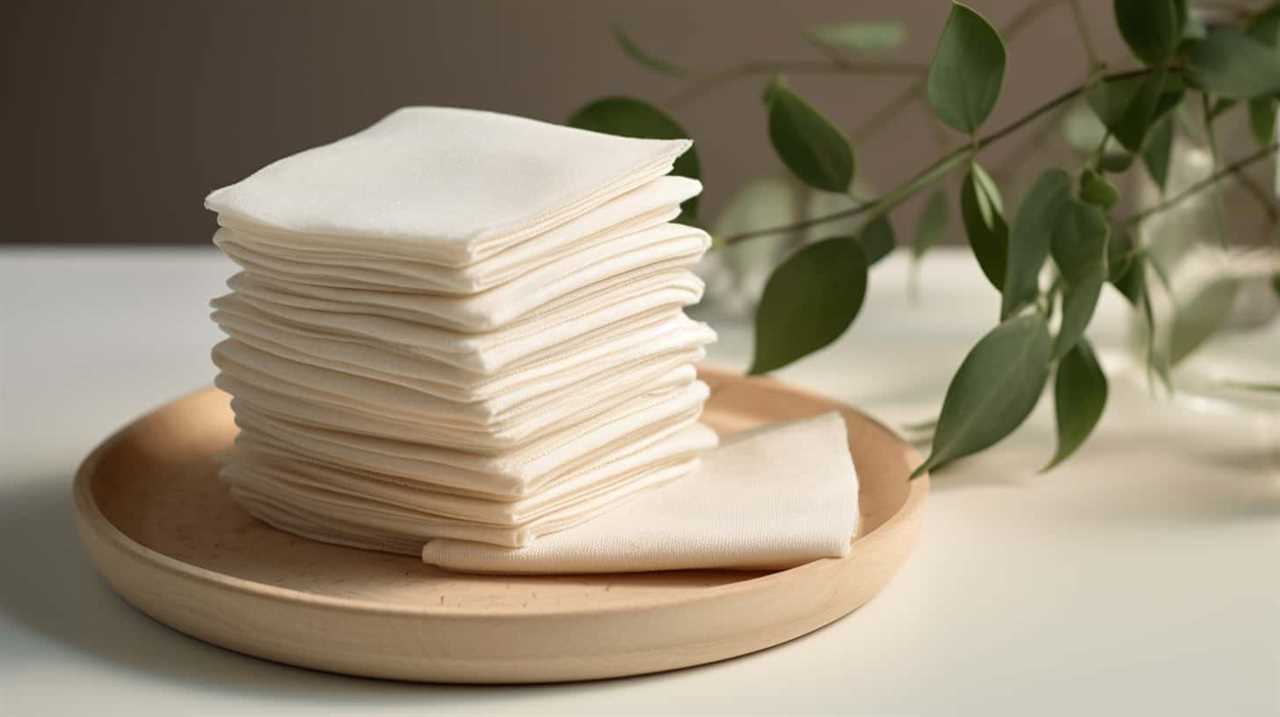
Here are some final thoughts and recommendations:
- Social acceptance: Shaving pubic hair in the bathroom can be a private and personal experience. However, disposing of the hair directly into the toilet may not be socially acceptable, especially in shared spaces where others may find it unhygienic or unsightly.
- Hygiene considerations: Shaving in the shower or over a towel and then disposing of the hair in a trash bag is a more hygienic option. This reduces the risk of clogging the toilet and ensures proper disposal.
- Environmental impact: Flushing hair down the toilet can contribute to plumbing issues and clogged pipes. Additionally, this hair can end up in water treatment systems, potentially causing problems for aquatic life.
- Waste management: Properly disposing of shaved pubes in a sealed bag and throwing them in the trash helps maintain cleanliness and reduces the risk of unwanted odors.
- Personal preference: Ultimately, the method of hair disposal is a personal choice. However, considering the social and environmental implications, it’s advisable to opt for more hygienic and environmentally-friendly alternatives.
Conclusion
In conclusion, while shaving your pubes into the toilet may seem convenient, it’s important to consider the potential plumbing and hygiene concerns that may arise.
As the saying goes, ‘prevention is better than cure.’ It’s advisable to minimize the risk of clogging and drainage problems by disposing of pubic hair in a suitable manner.
Additionally, maintaining toilet cleanliness and adhering to social norms can contribute to a comfortable and pleasant bathroom experience for everyone.
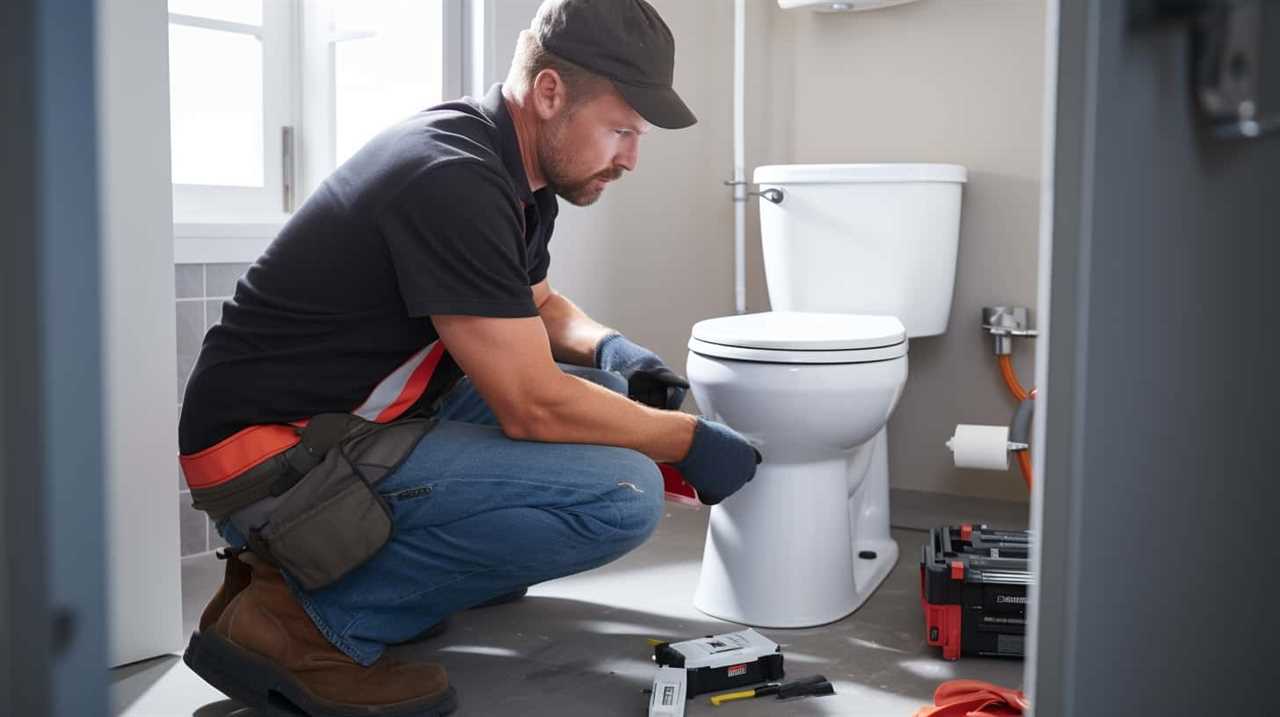
With an impeccable eye for detail and a passion for bathroom-related, Ava leads our editorial team gracefully and precisely.
Under her guidance, Best Modern Toilet has flourished as the go-to resource for modern bathroom enthusiasts. In her free time, you might find Ava exploring antique shops and looking for vintage bathroom fixtures to add to her collection.
-

 FAQ - Advanced Bathroom Queries2 months ago
FAQ - Advanced Bathroom Queries2 months agoWhat Happens if You Sit on the Toilet Too Long
-

 FAQ - Advanced Bathroom Queries2 months ago
FAQ - Advanced Bathroom Queries2 months agoWhy Is My Toilet so Loud When Refilling
-

 Toilet Brands3 months ago
Toilet Brands3 months agoCountries Where You Can’t Flush Toilet Paper
-

 Guides3 months ago
Guides3 months agoTroubleshooting Dropping Water Level in Toilet Bowl: Causes and Solutions
-

 Guides3 months ago
Guides3 months agoChoosing the Right Toilet Flange: A Comprehensive Guide
-

 Guides3 months ago
Guides3 months agoToilet Water Supply Line Sizes: Finding the Right Fit
-

 FAQ - Advanced Bathroom Queries2 months ago
FAQ - Advanced Bathroom Queries2 months agoWhat Happens When You Put Baking Soda in Your Toilet
-

 Guides2 months ago
Guides2 months agoHow to Remove Crystallized Urine From Toilet Bowl





















